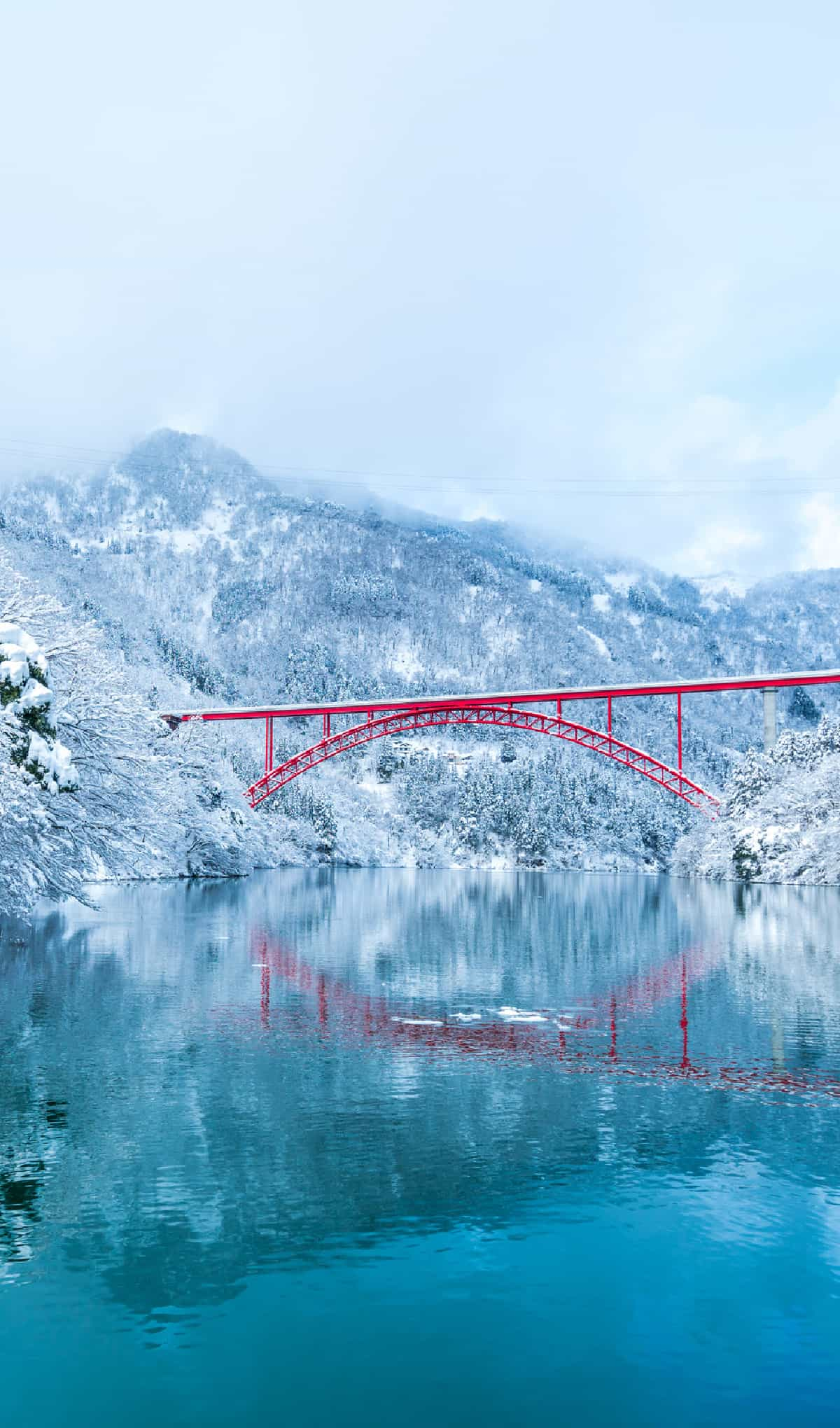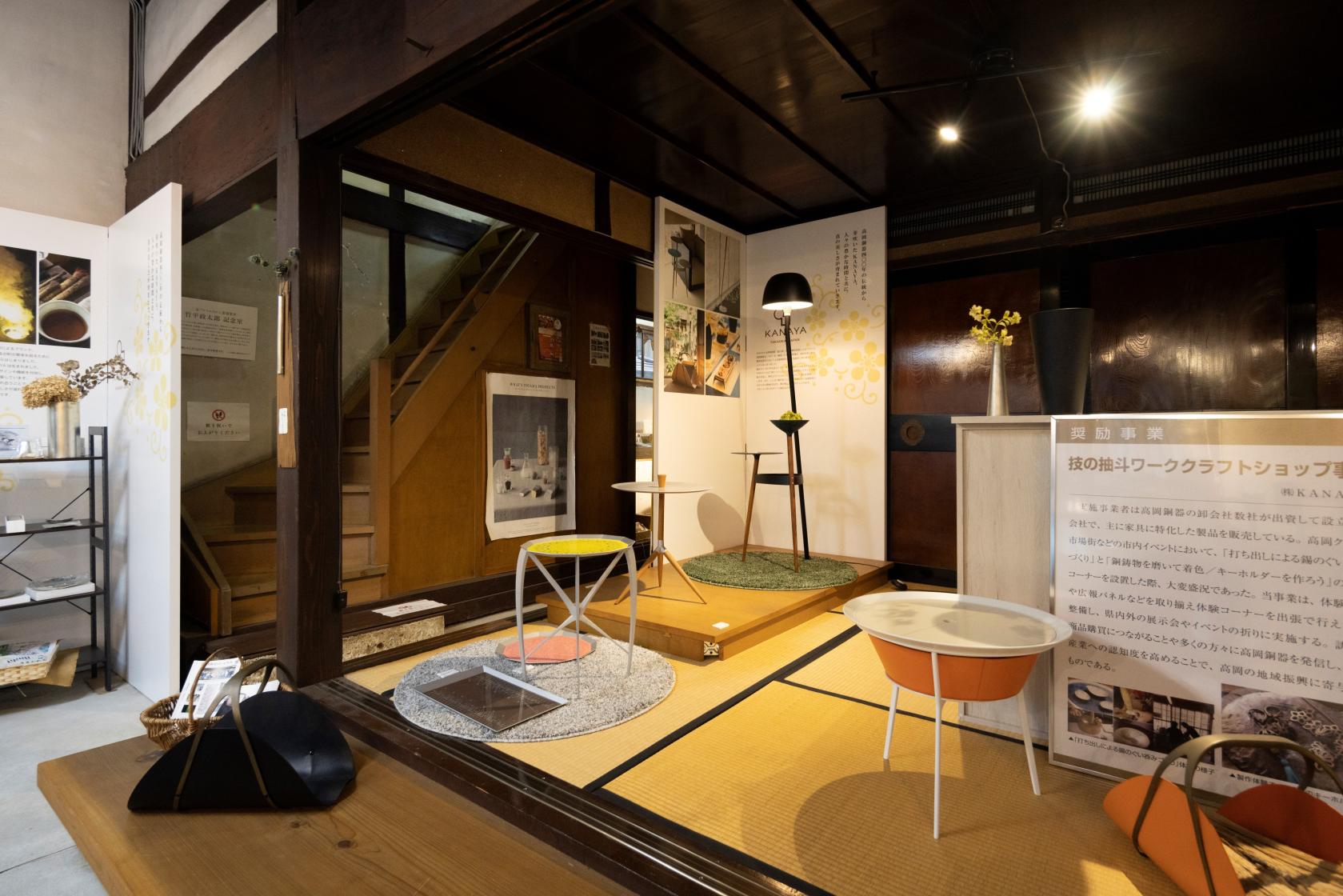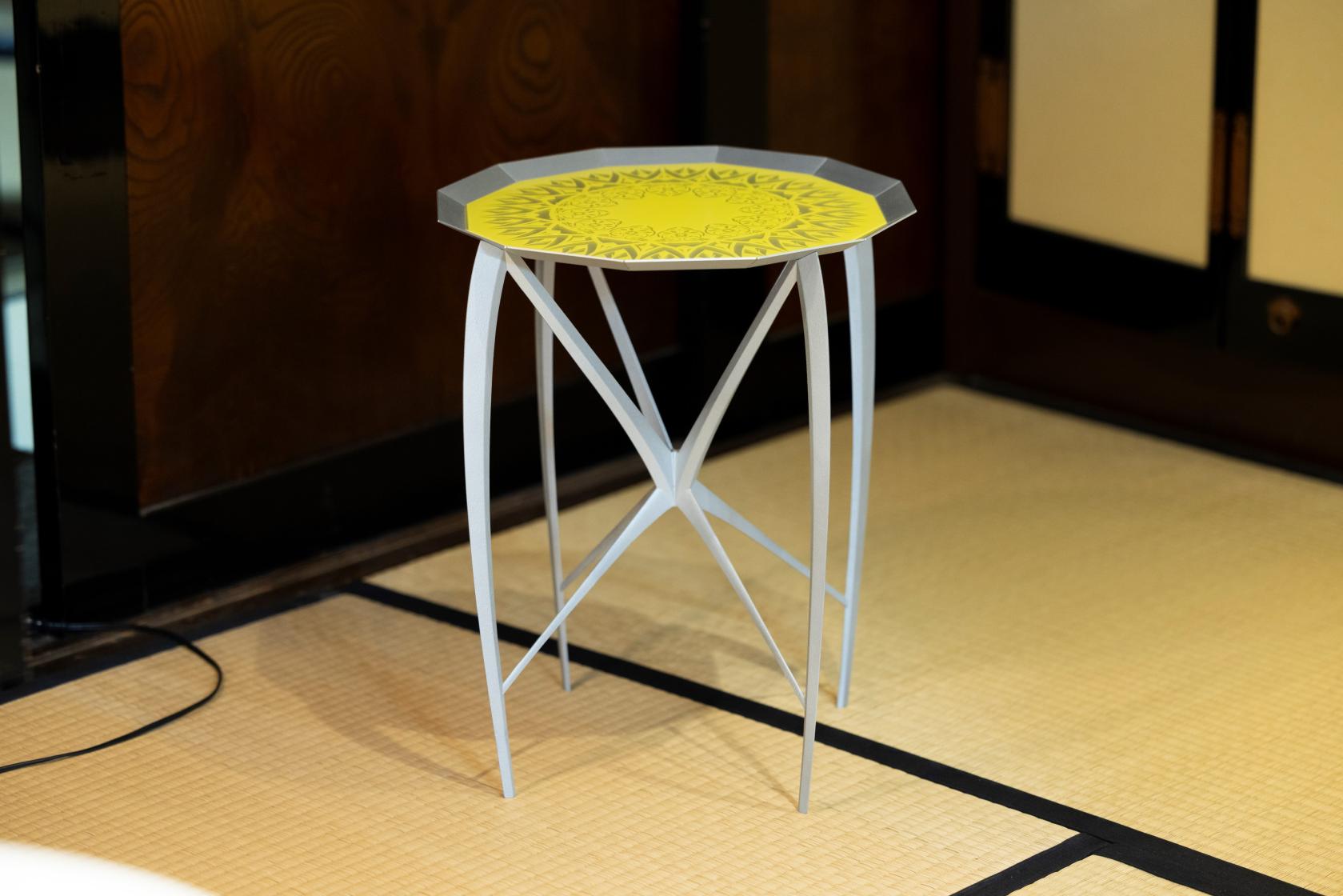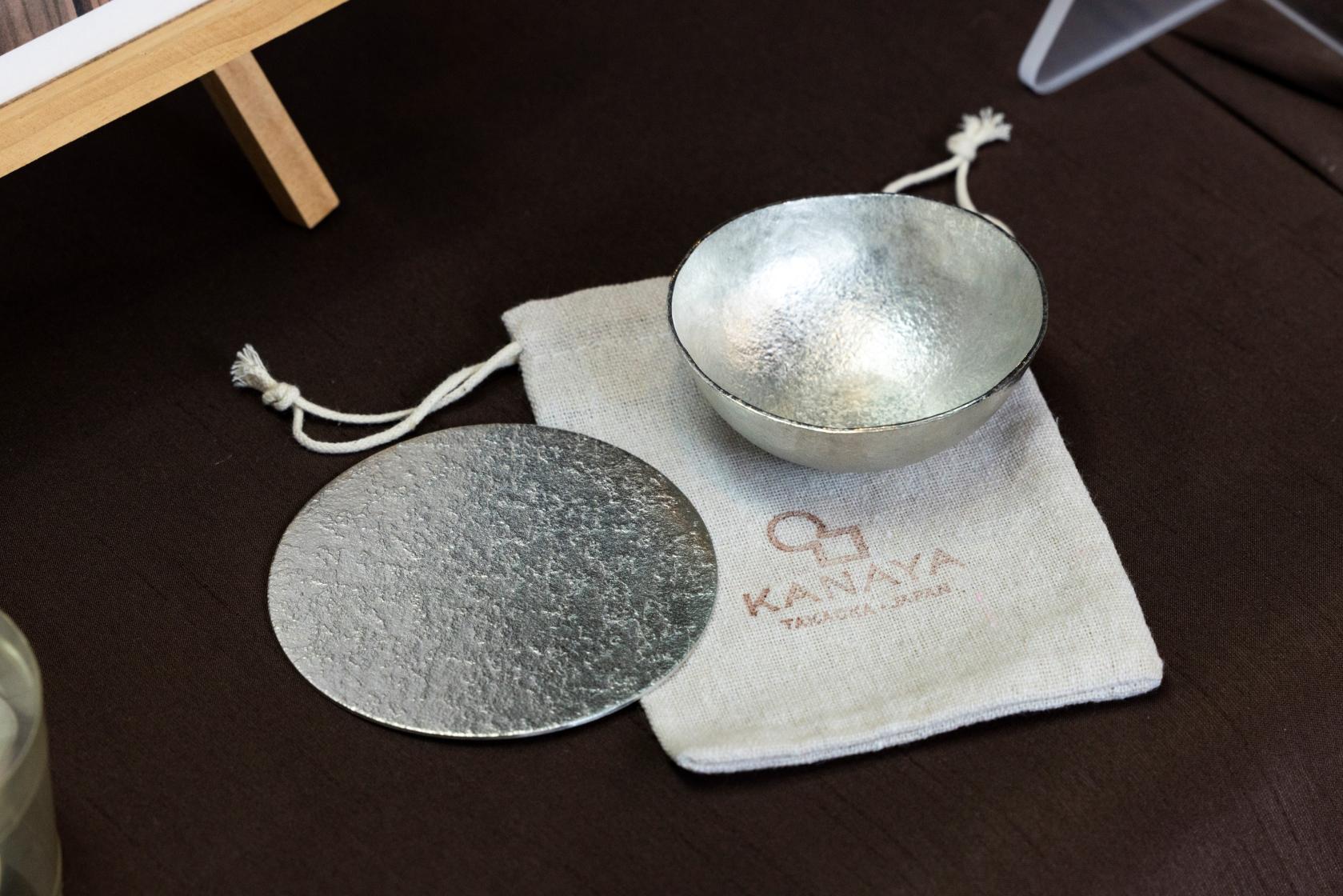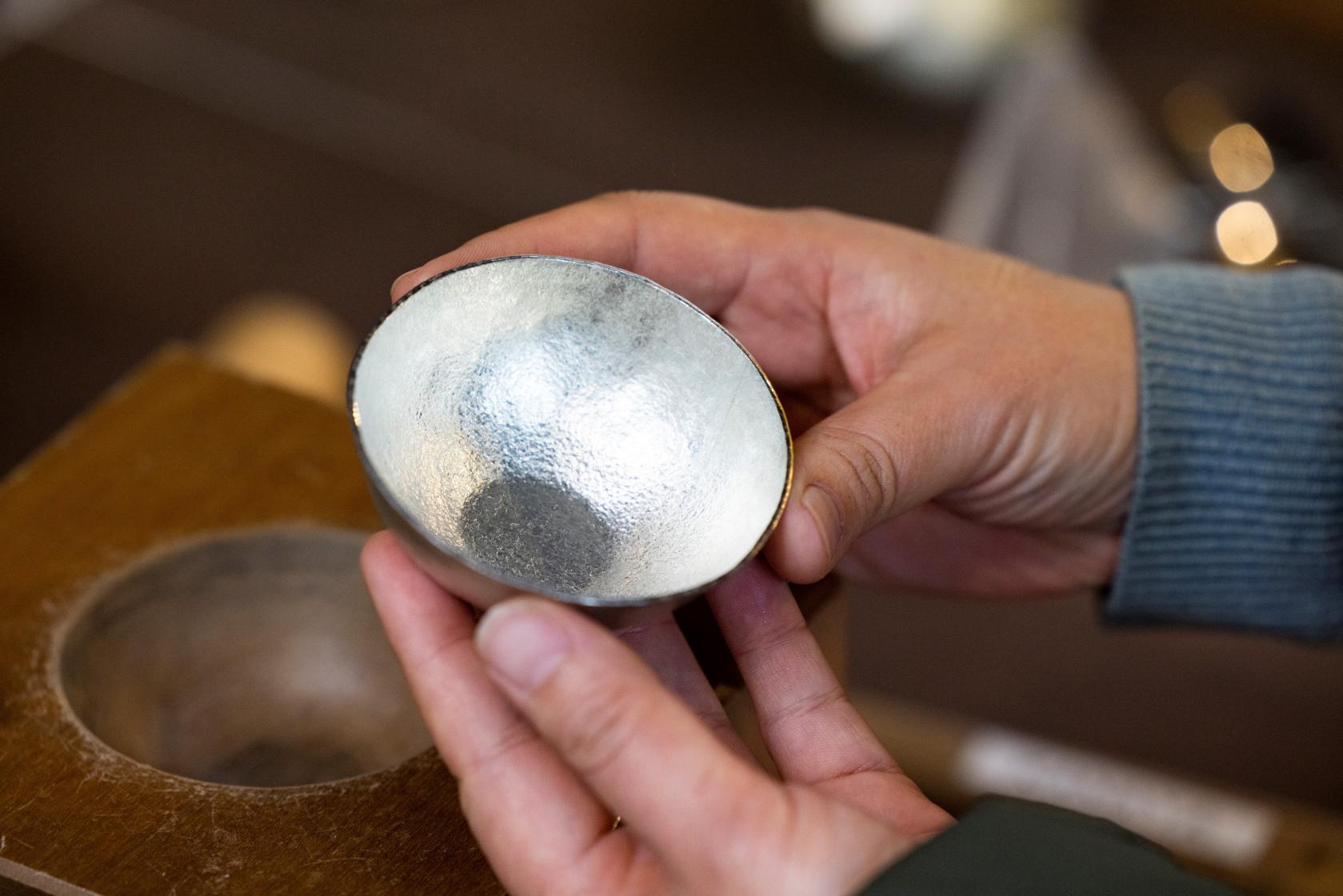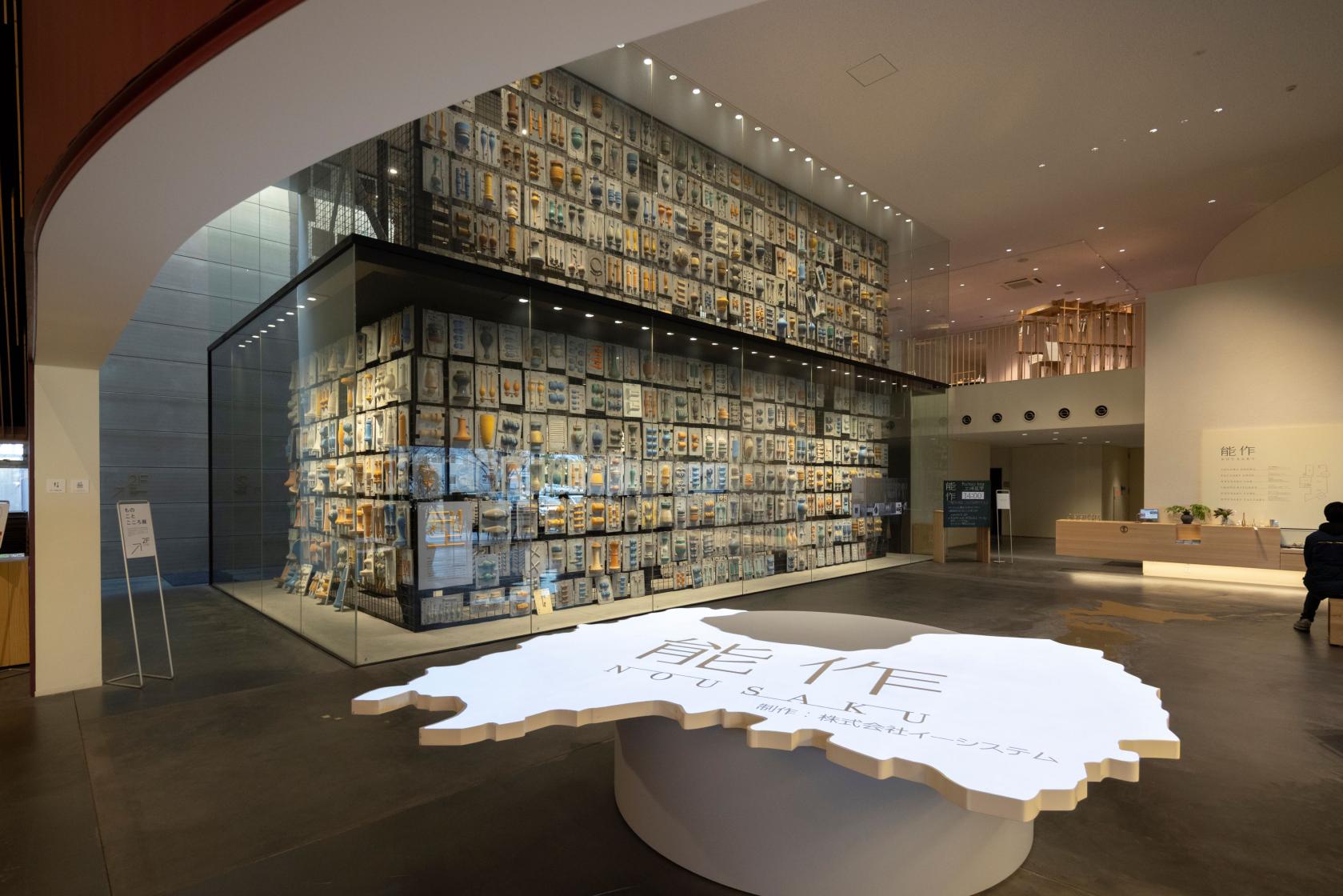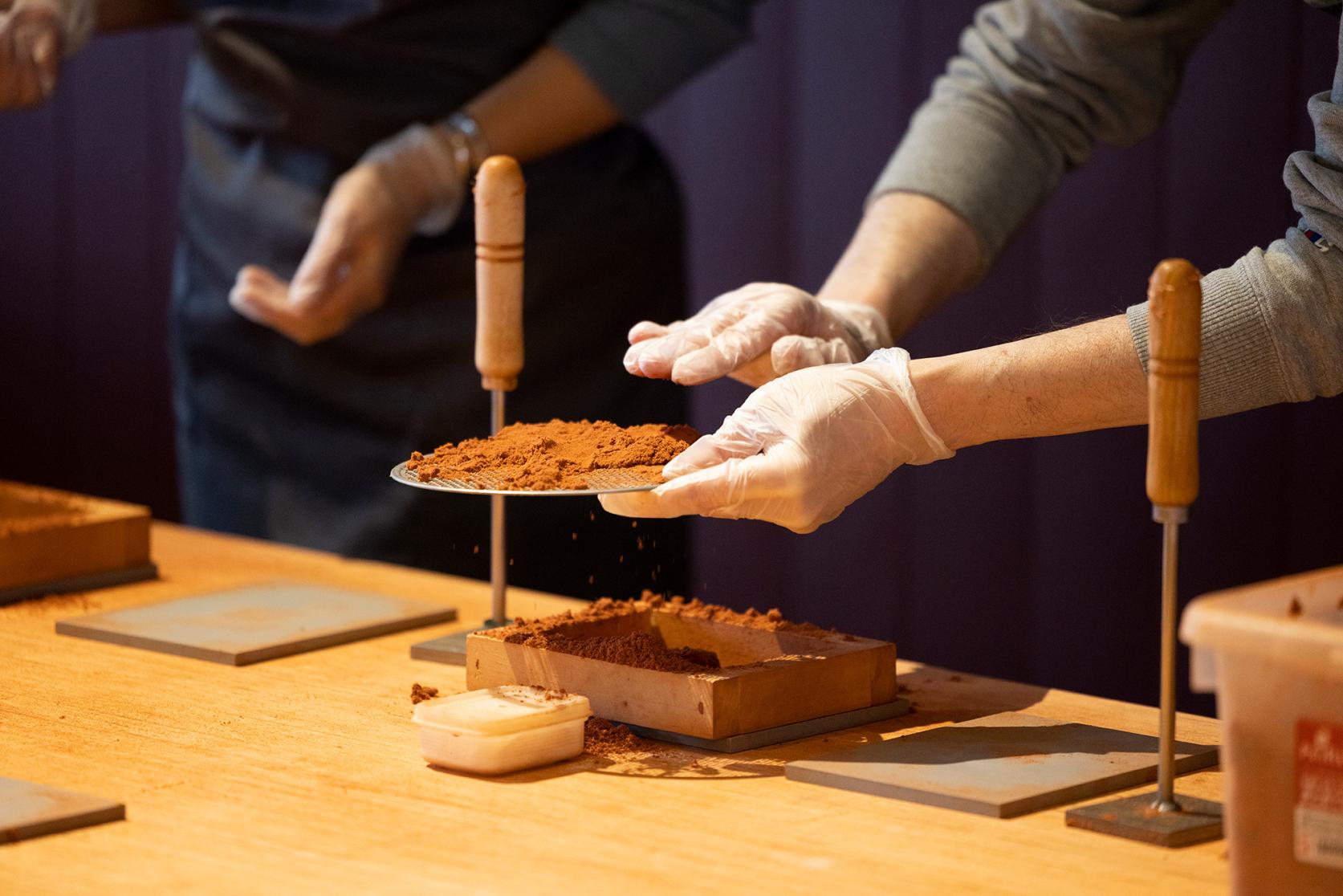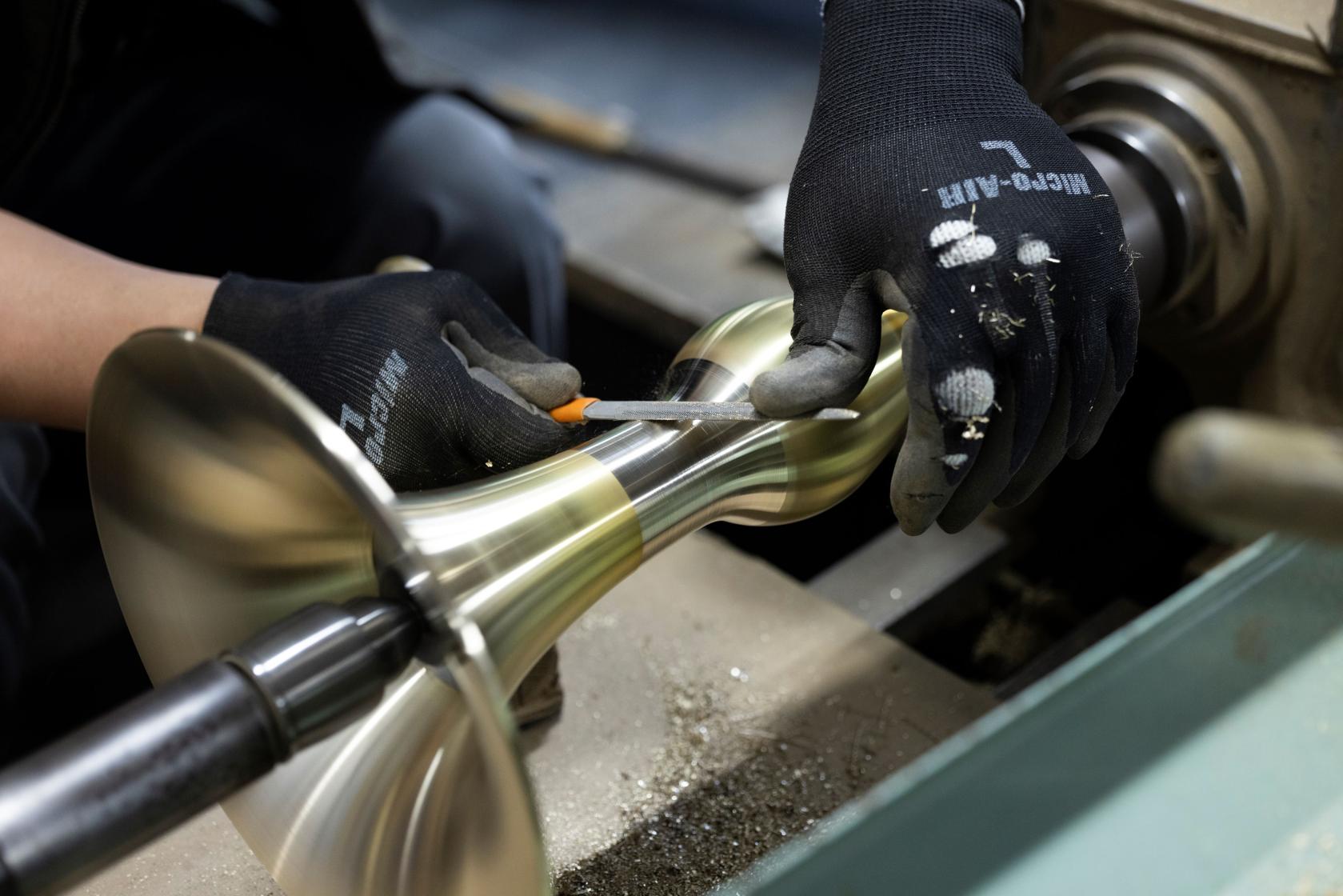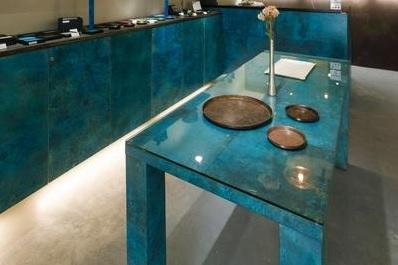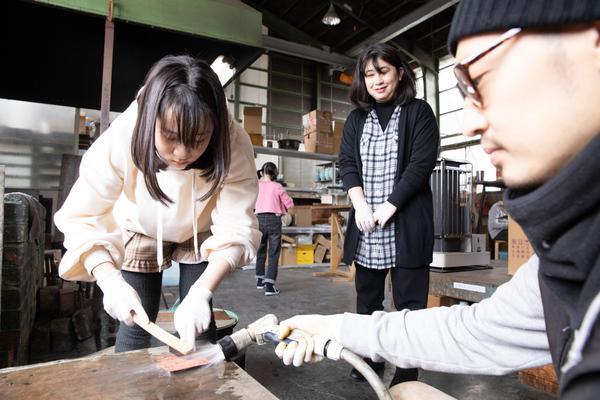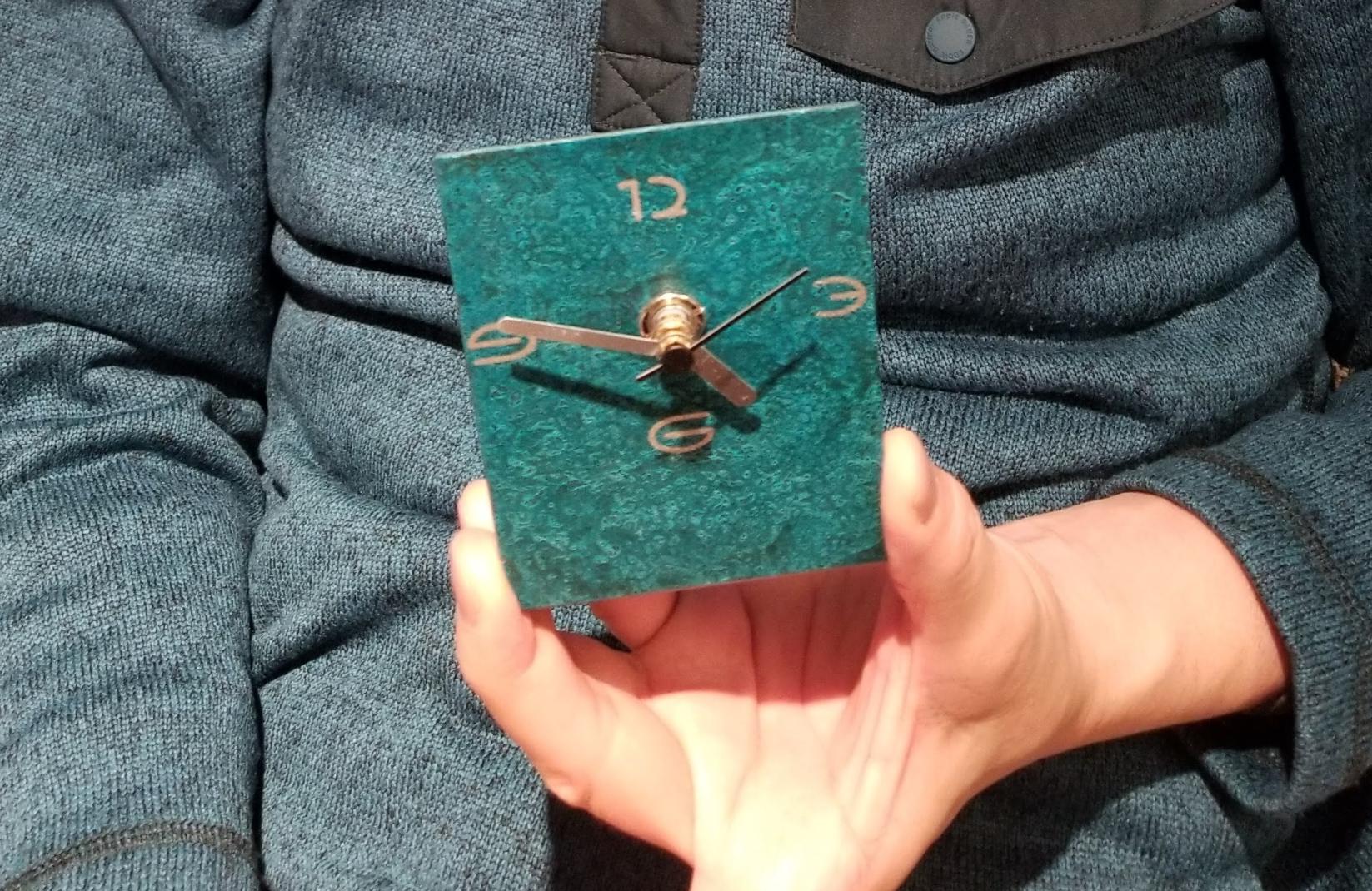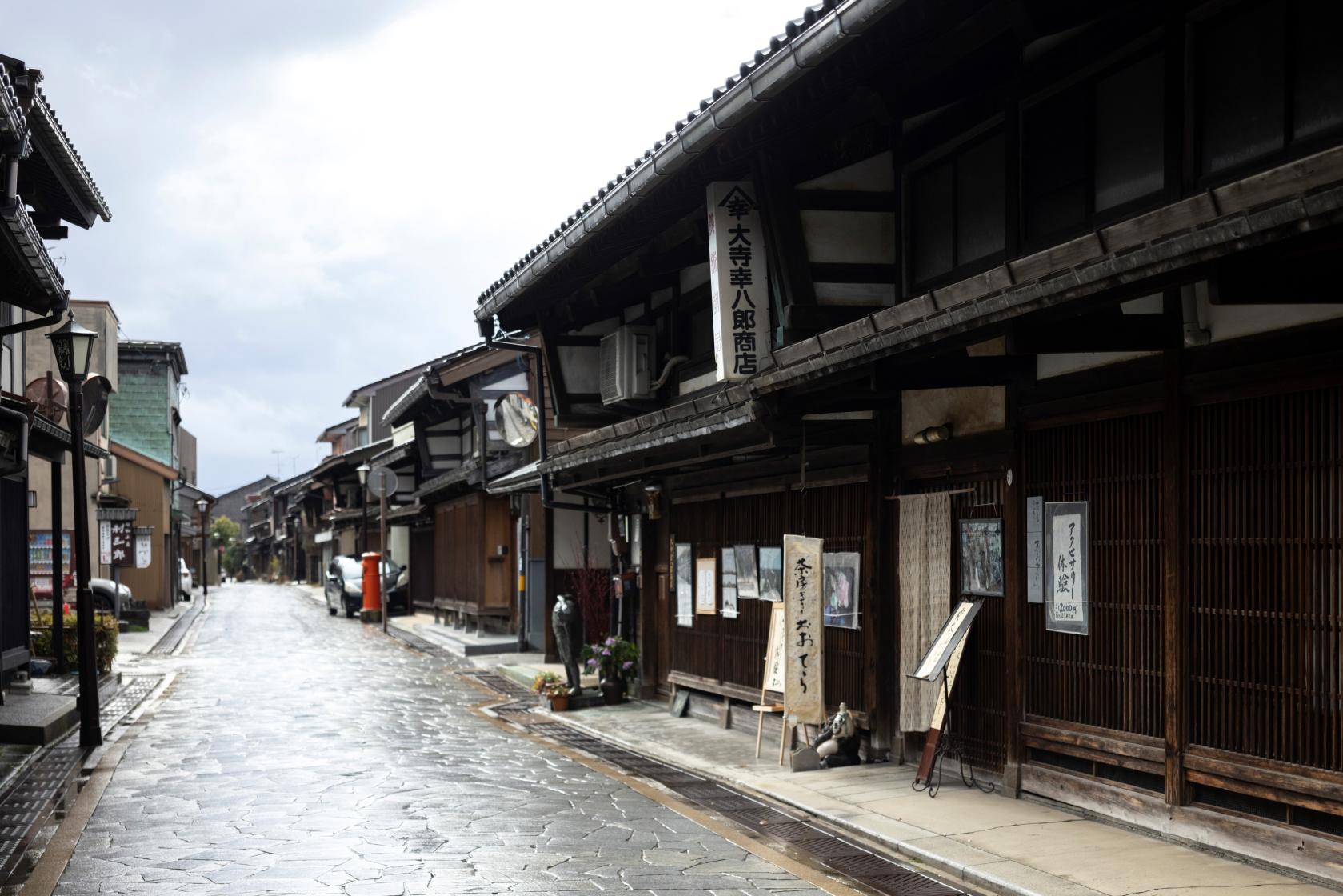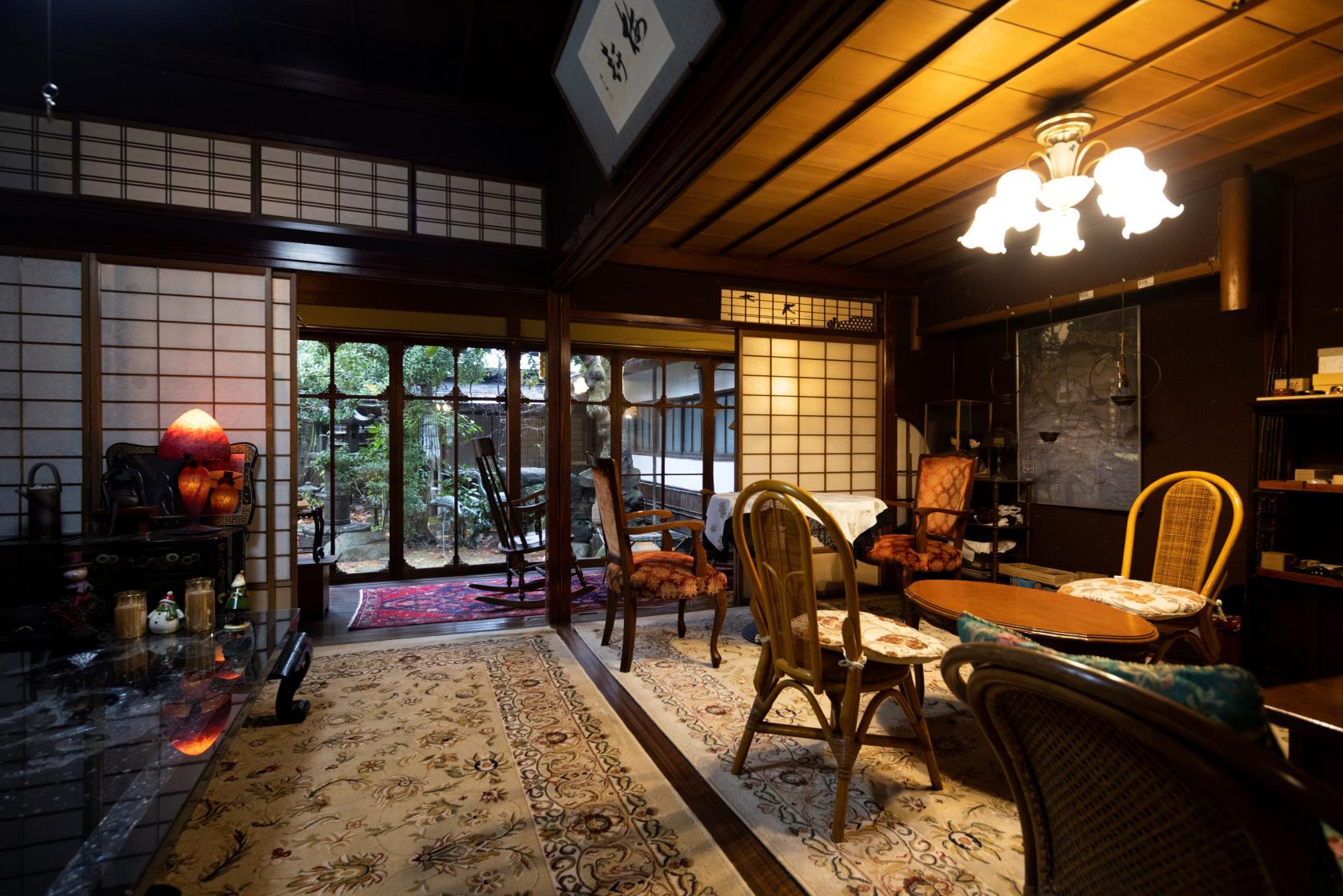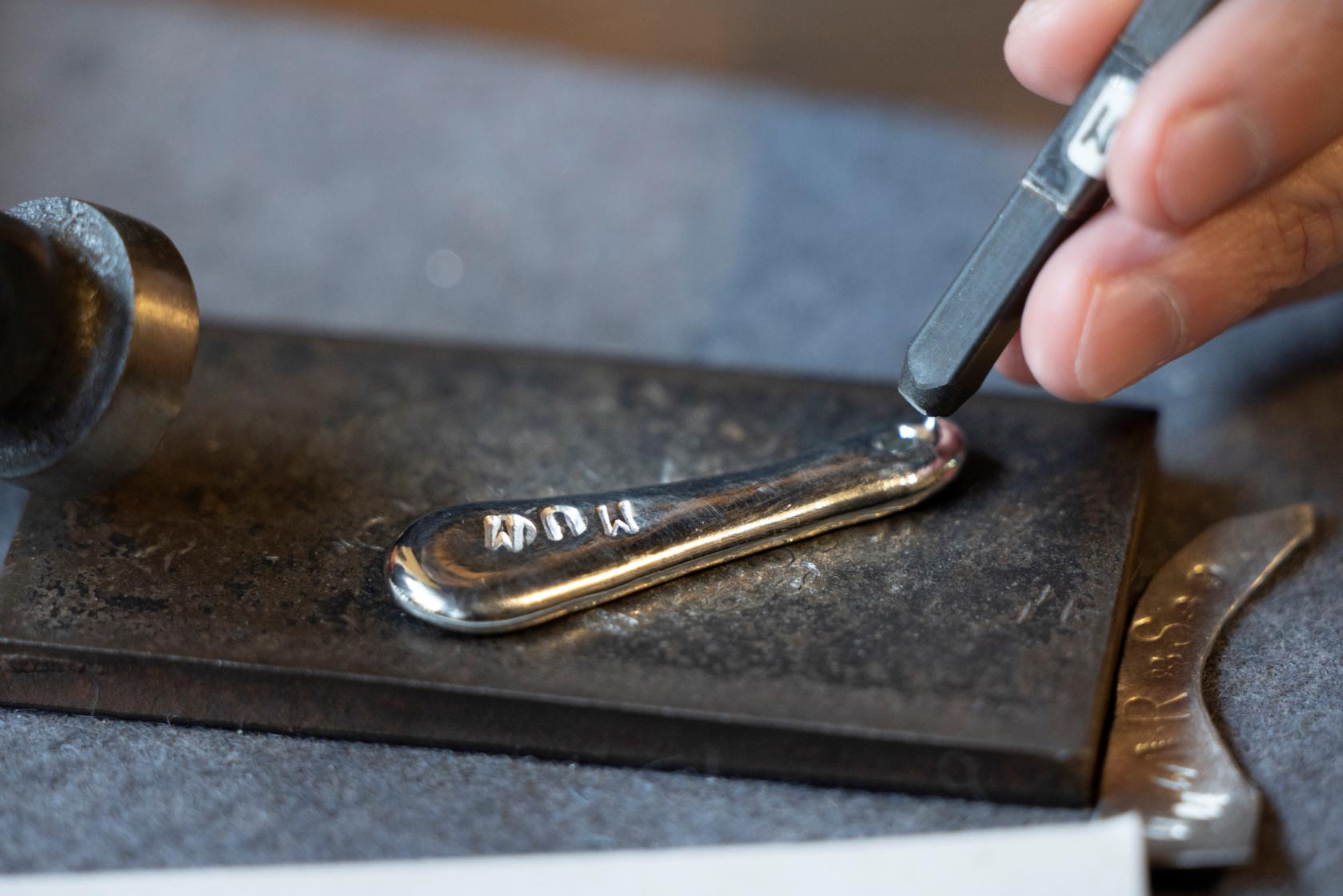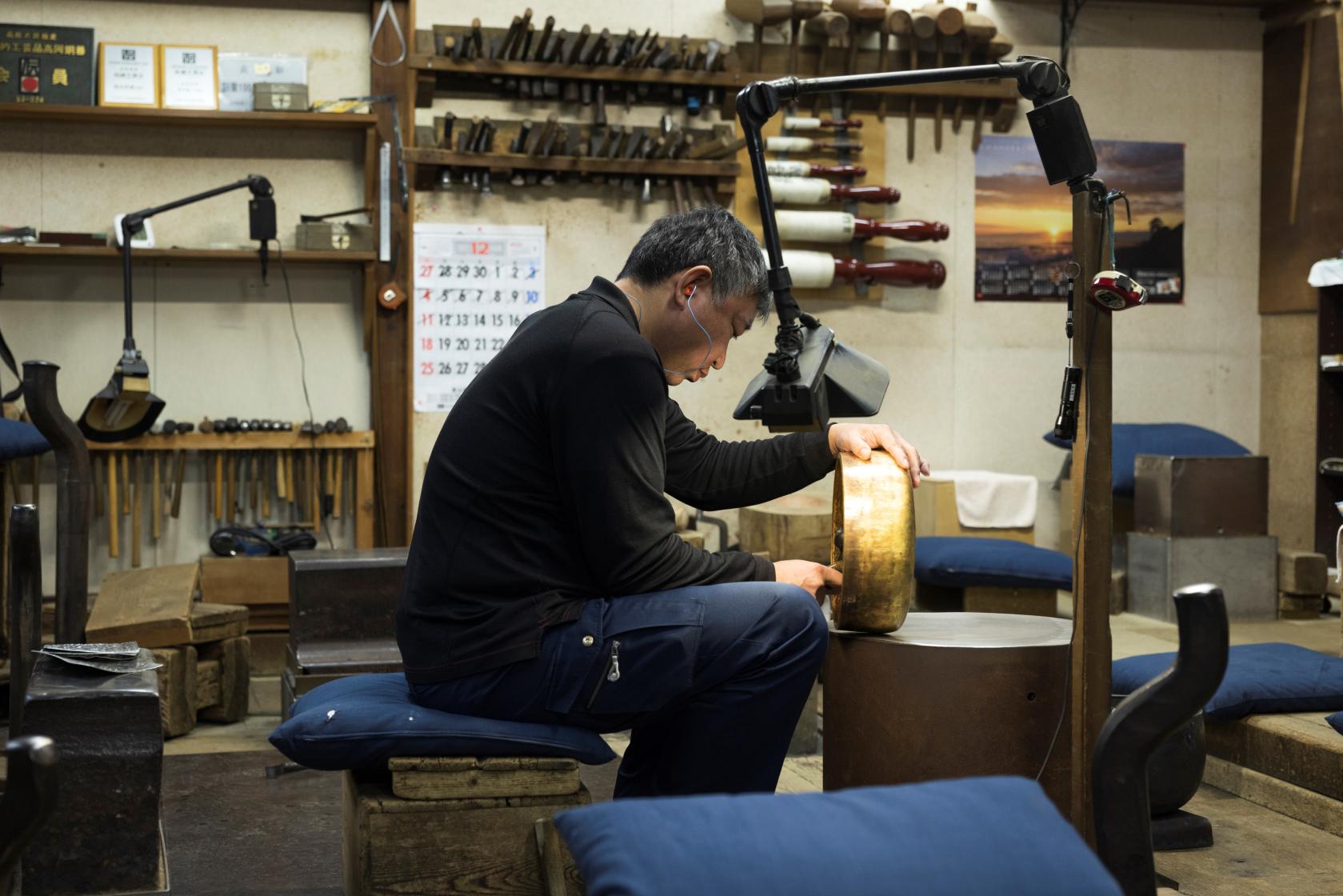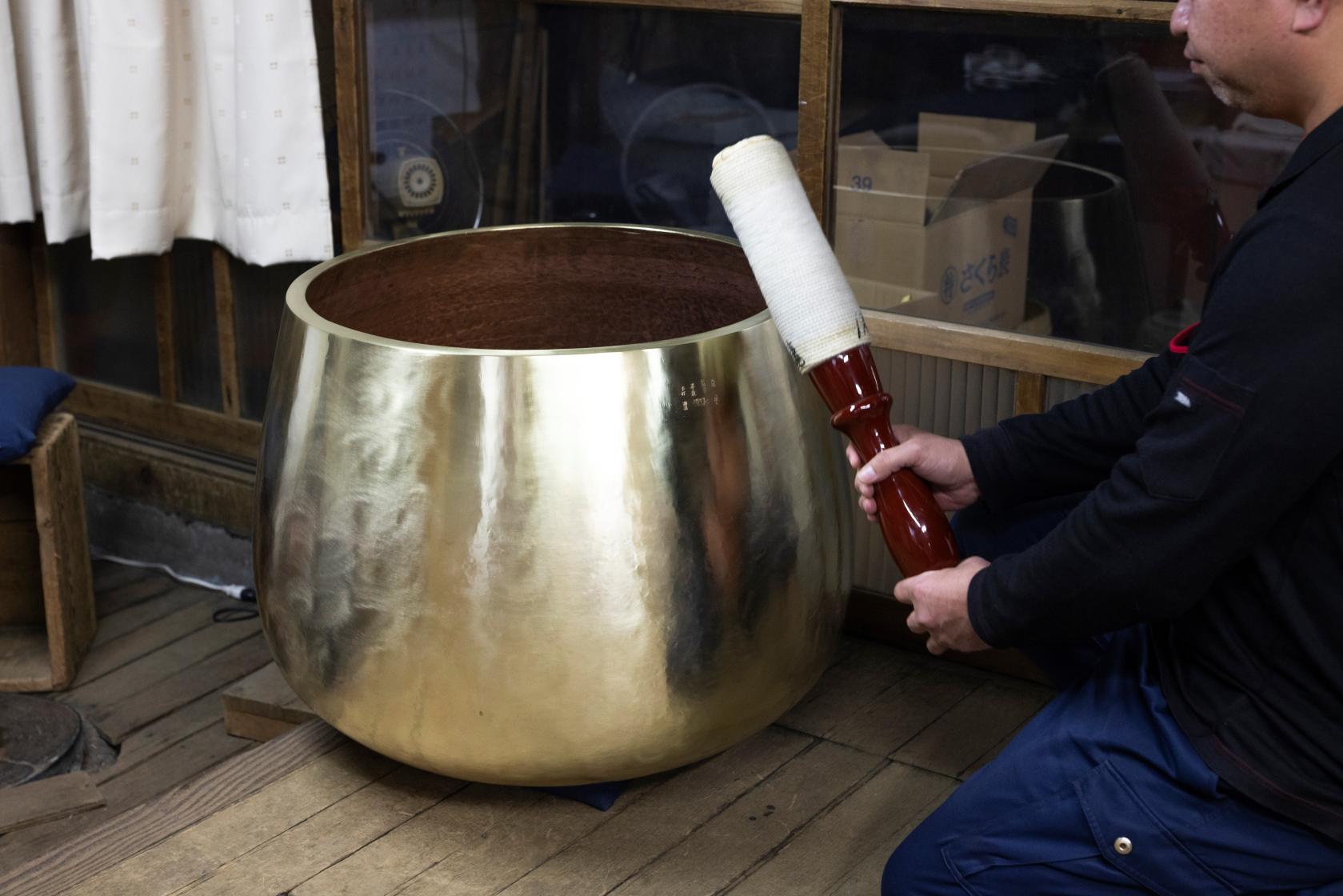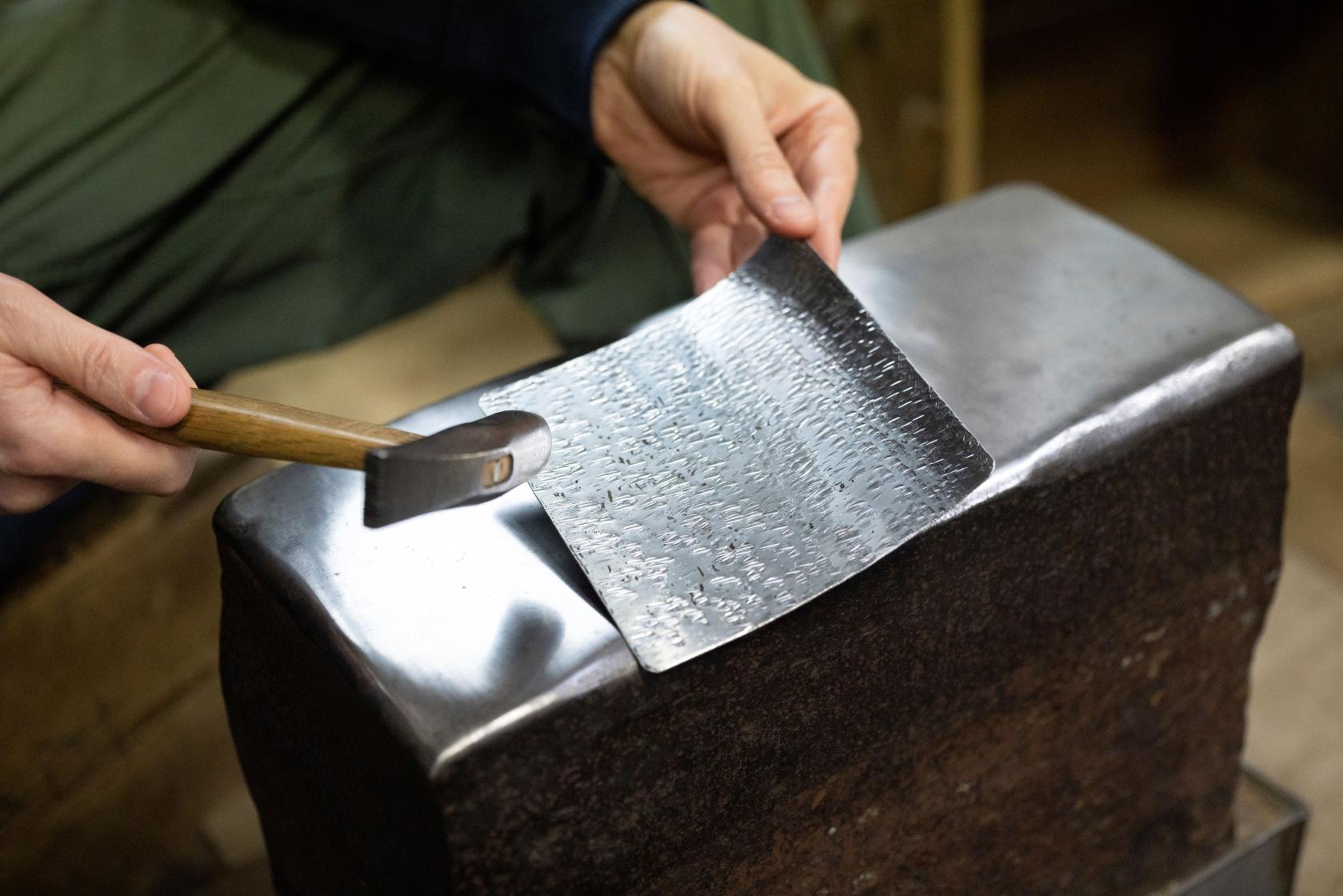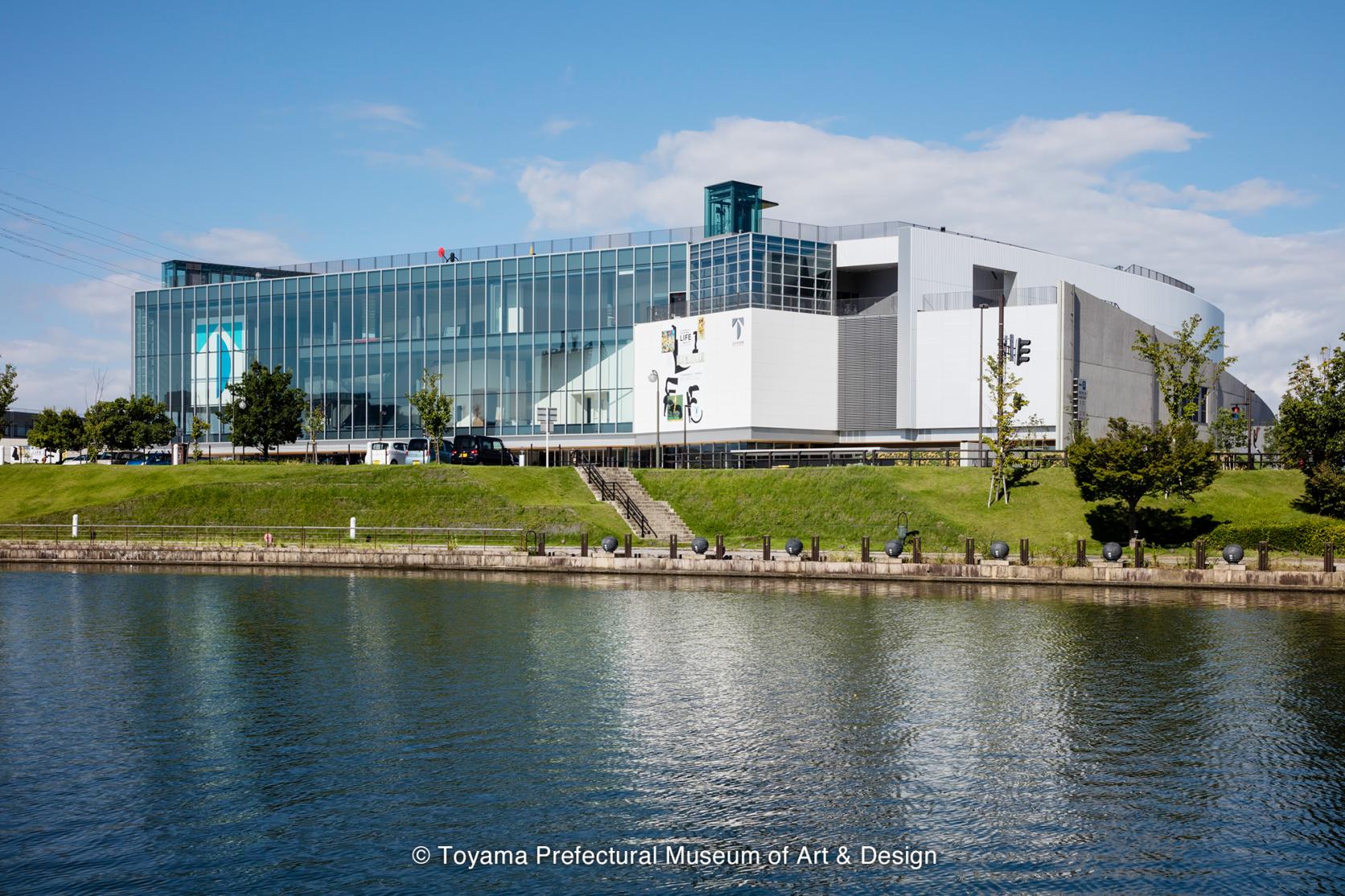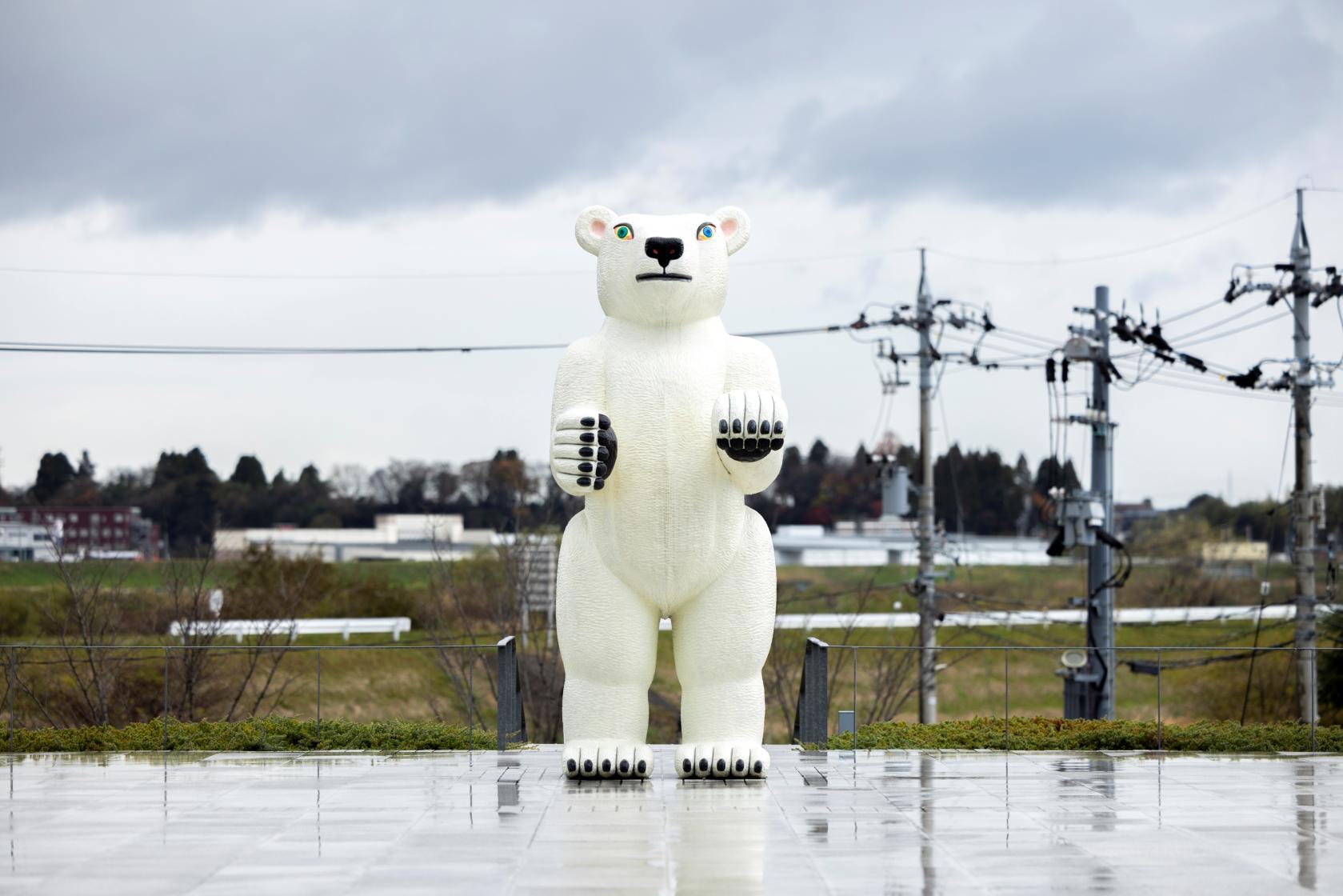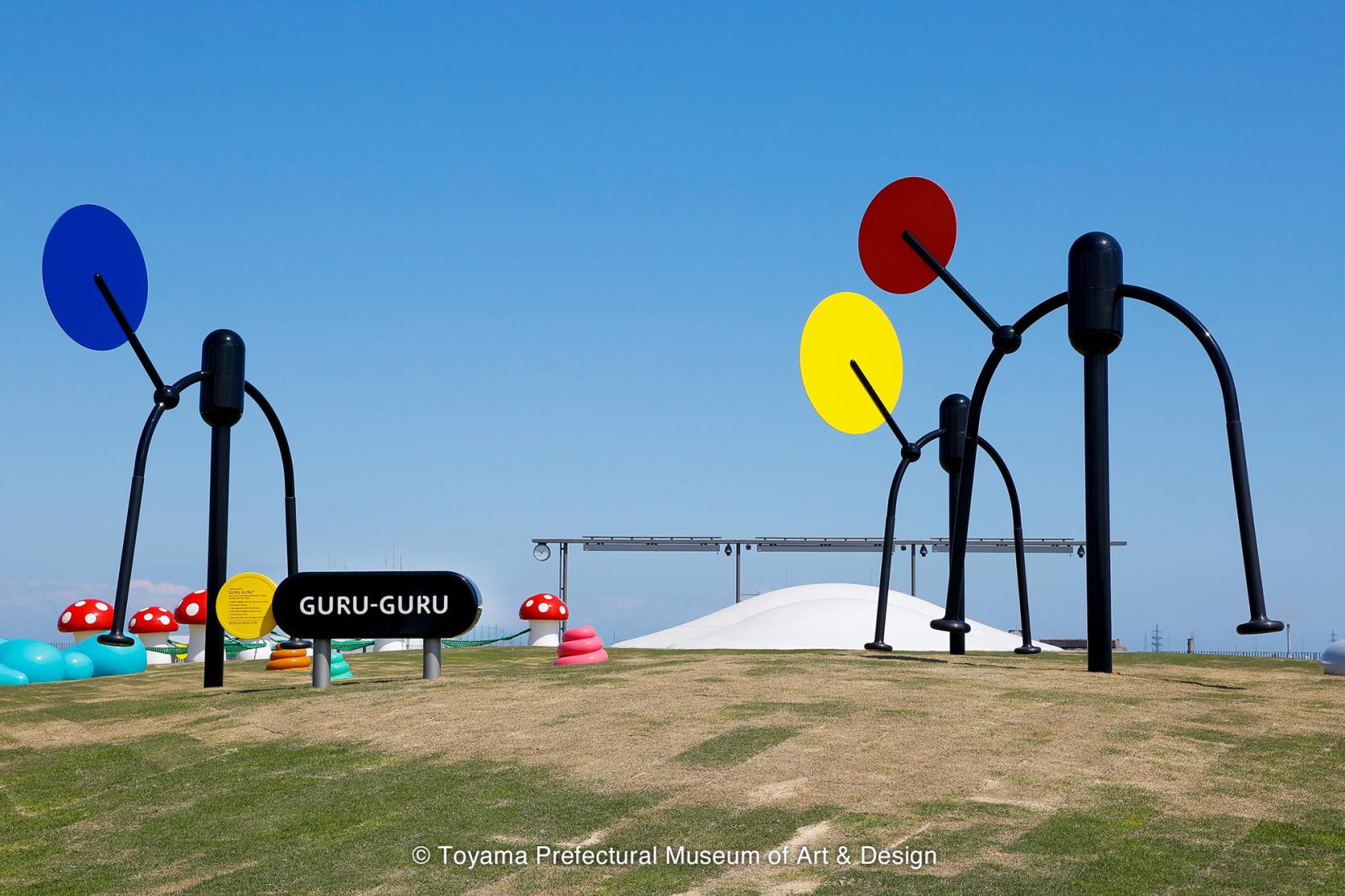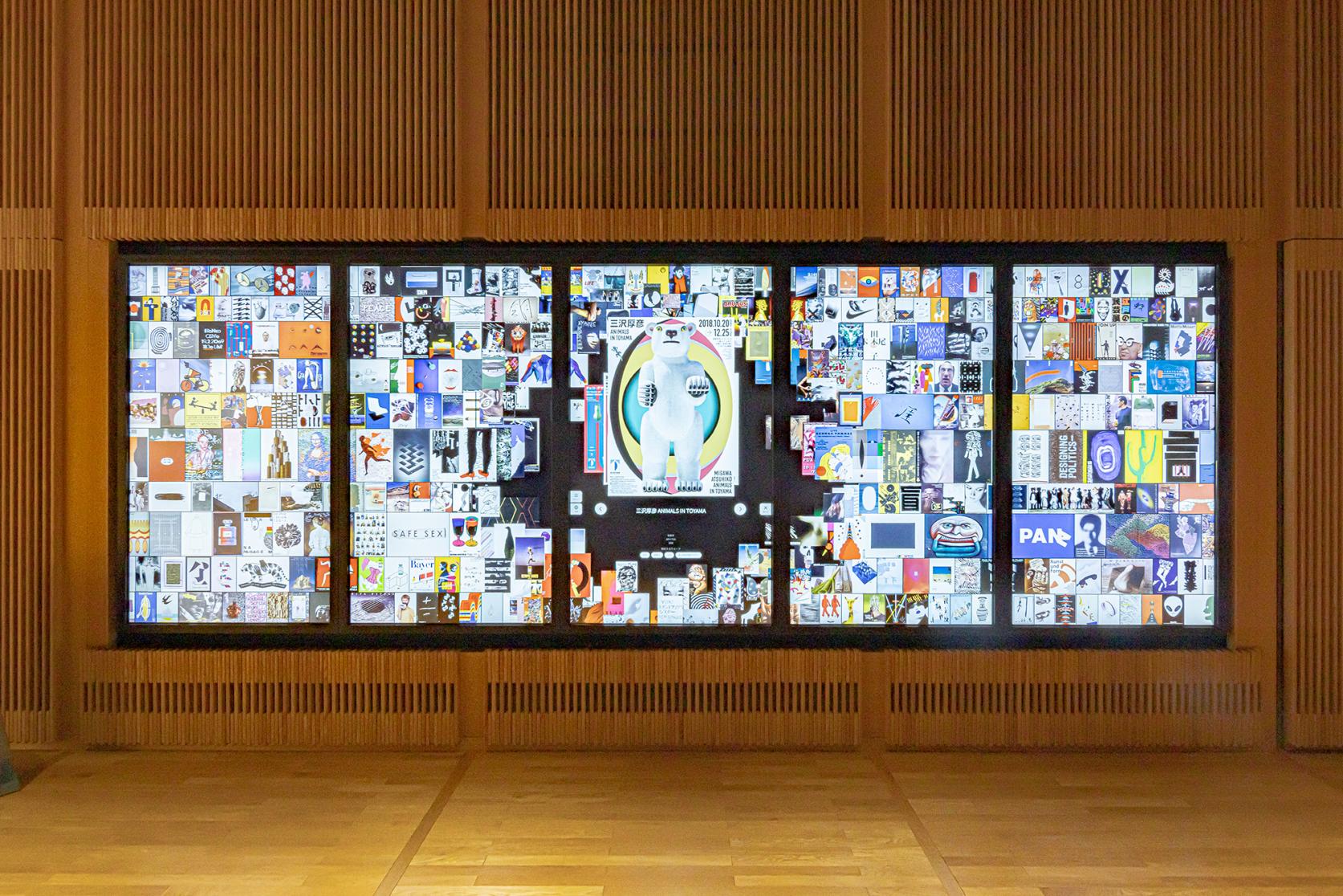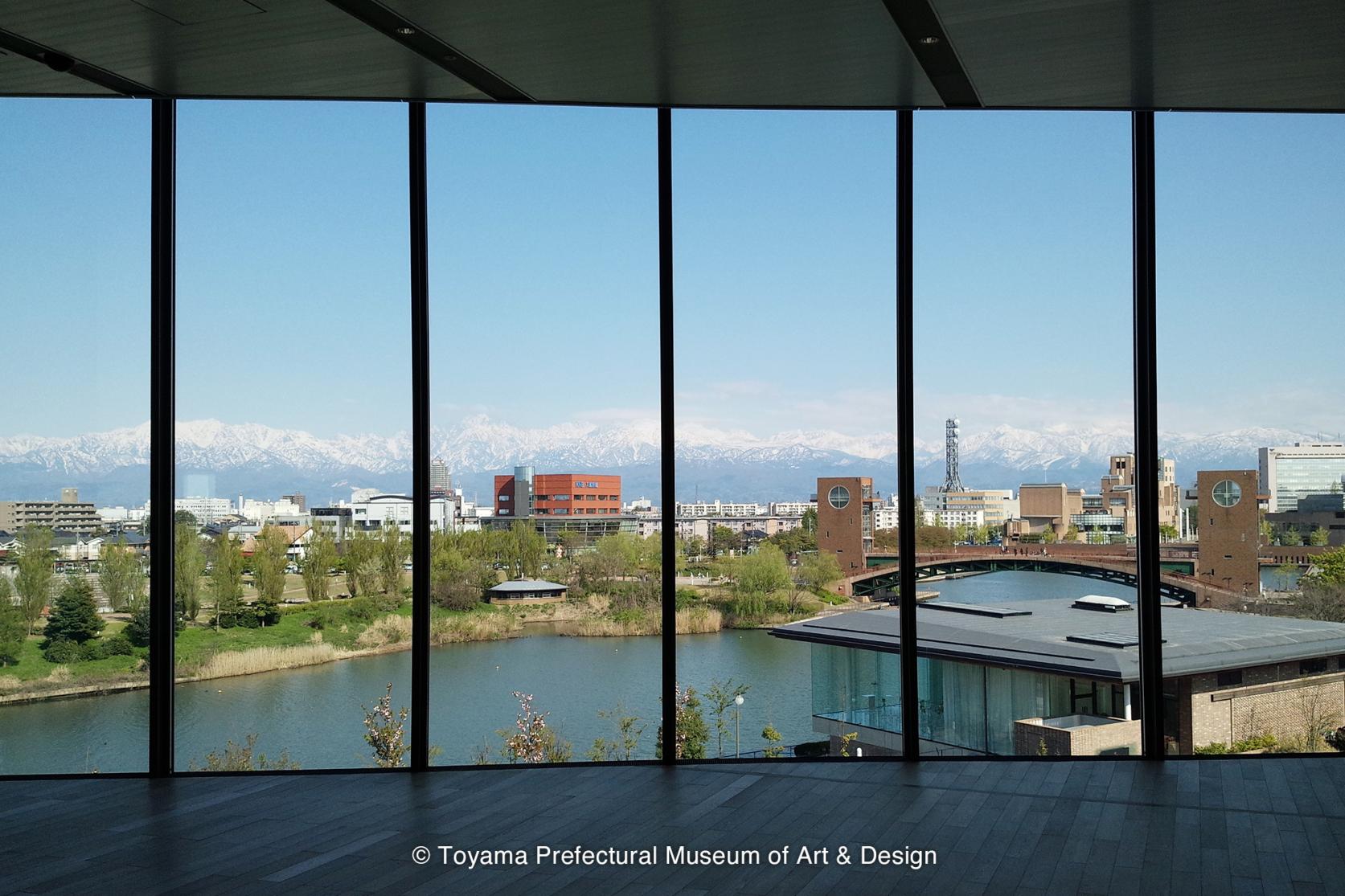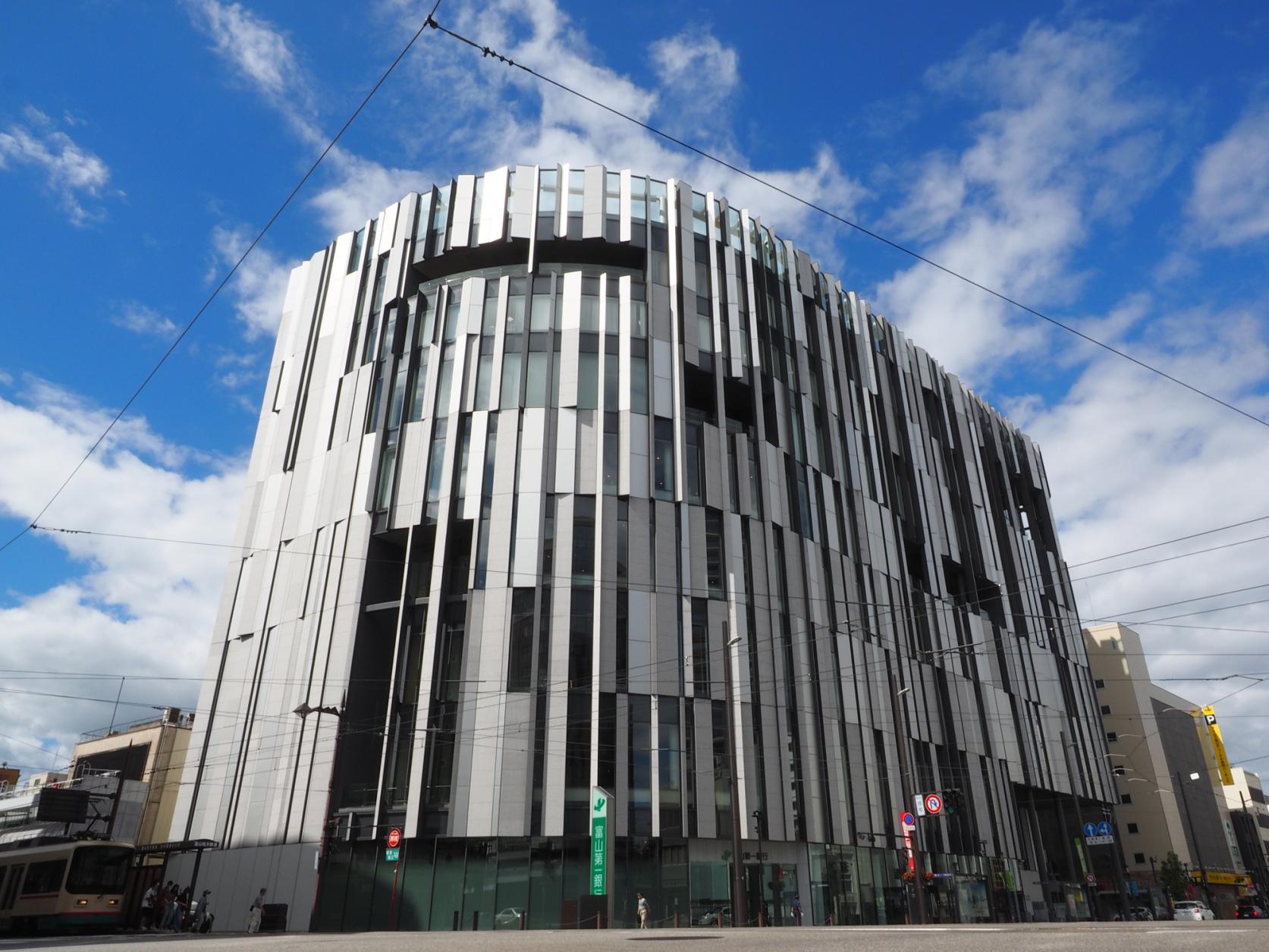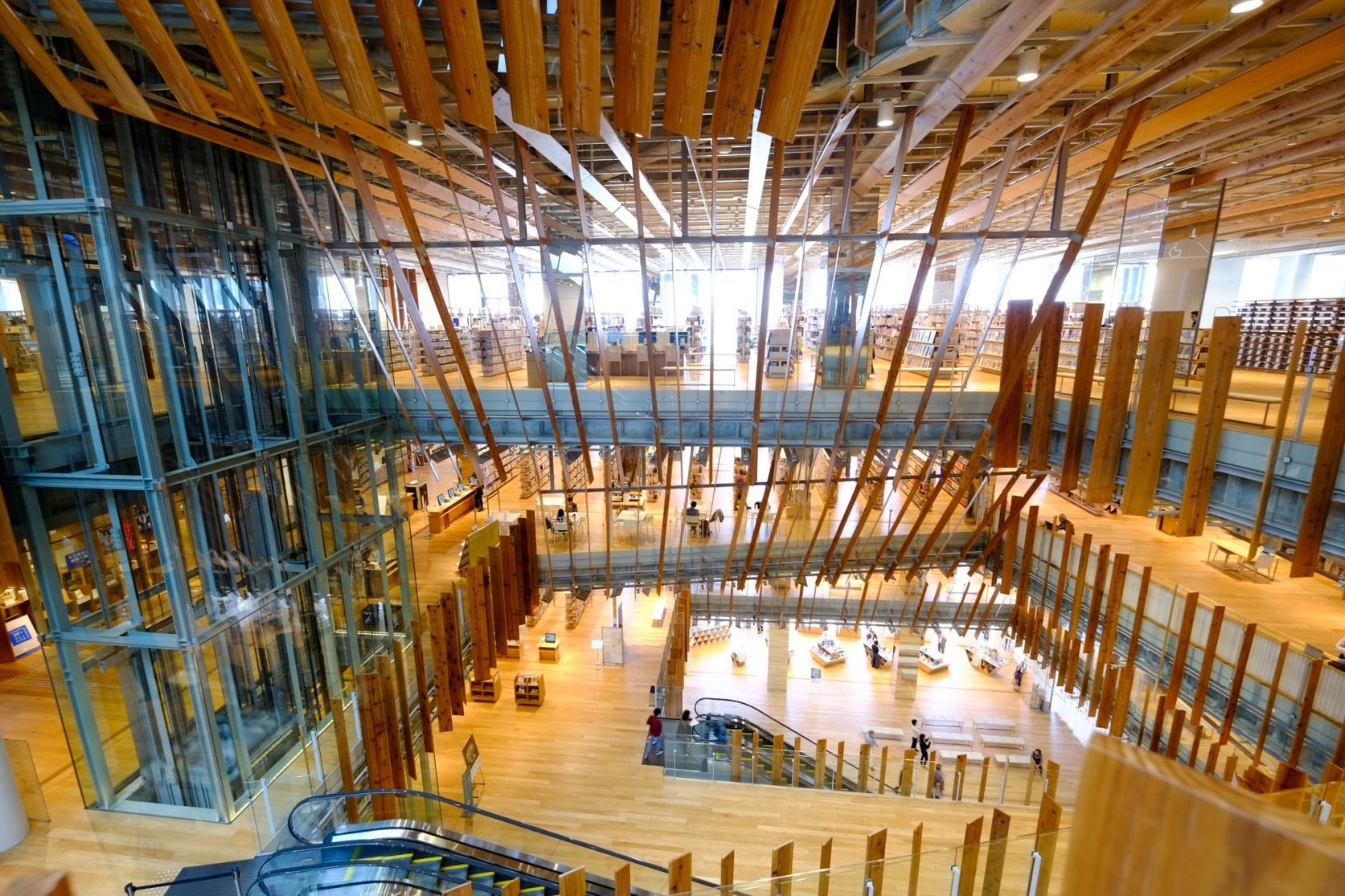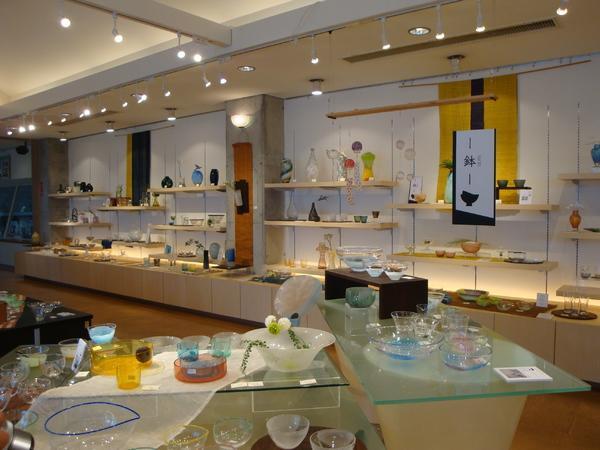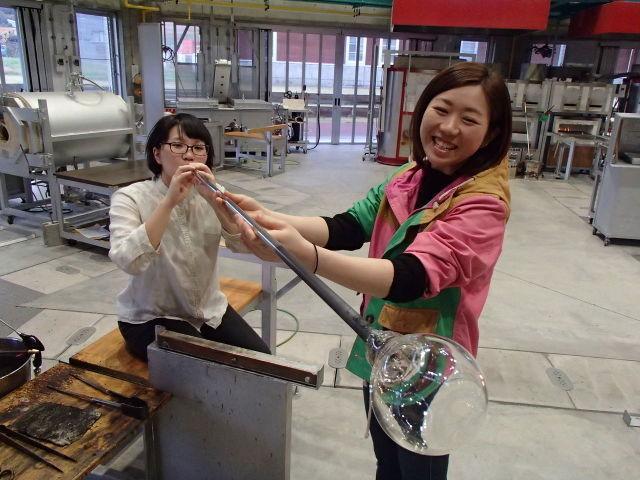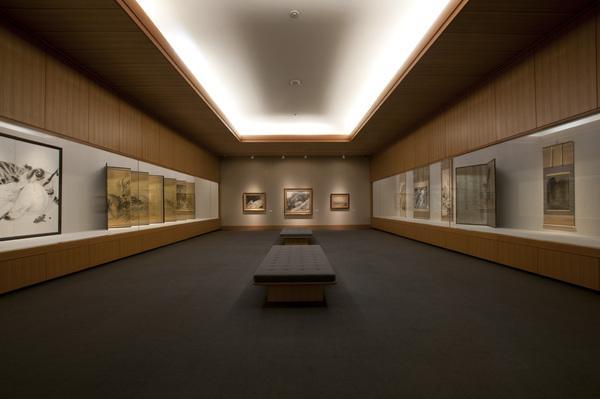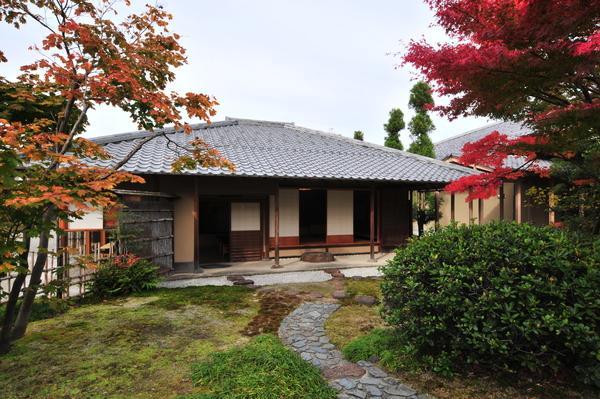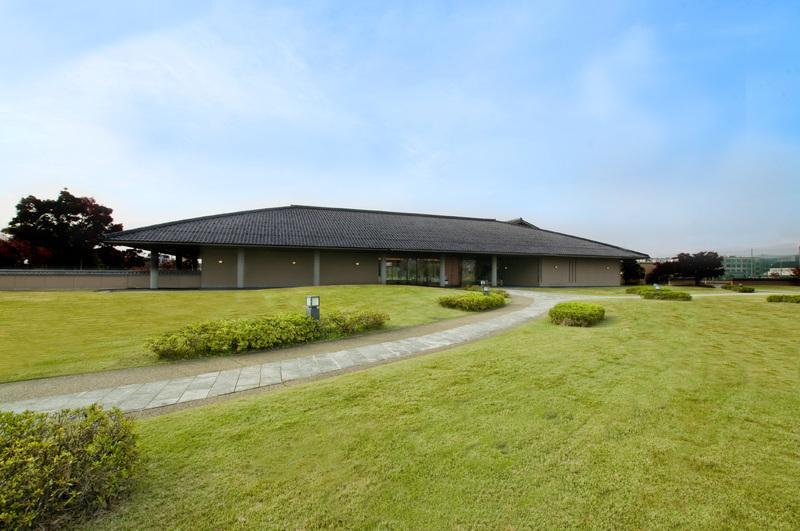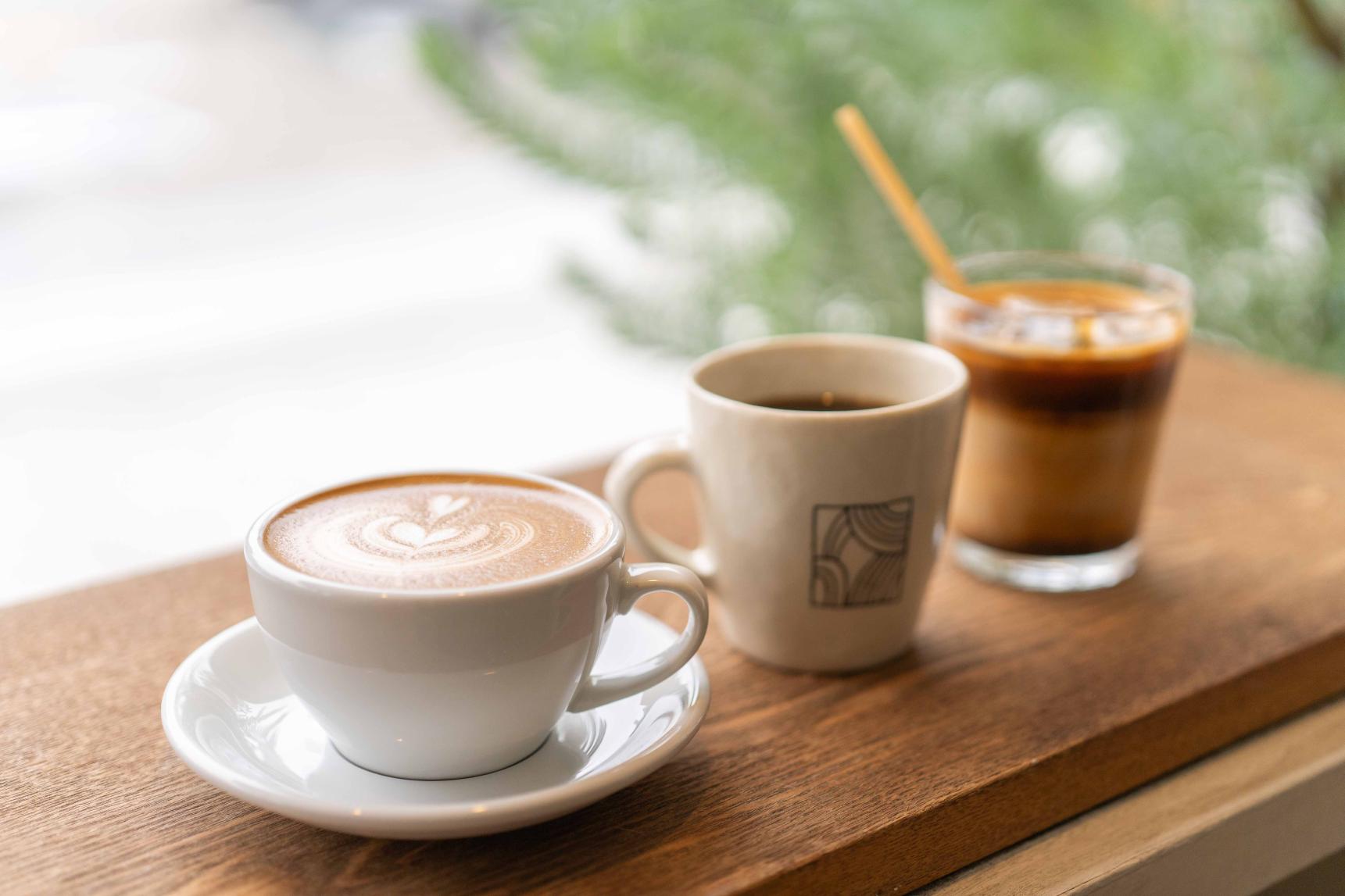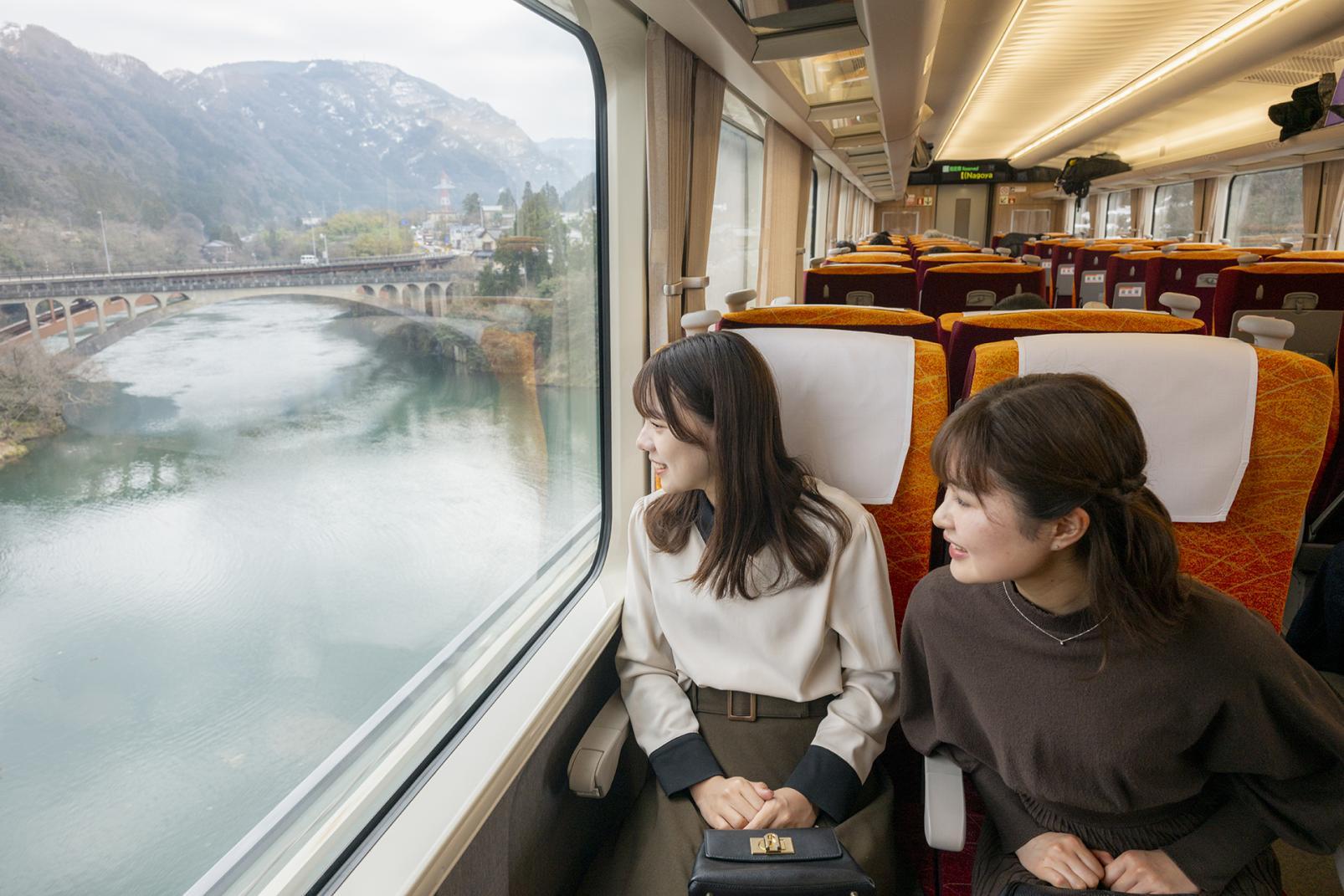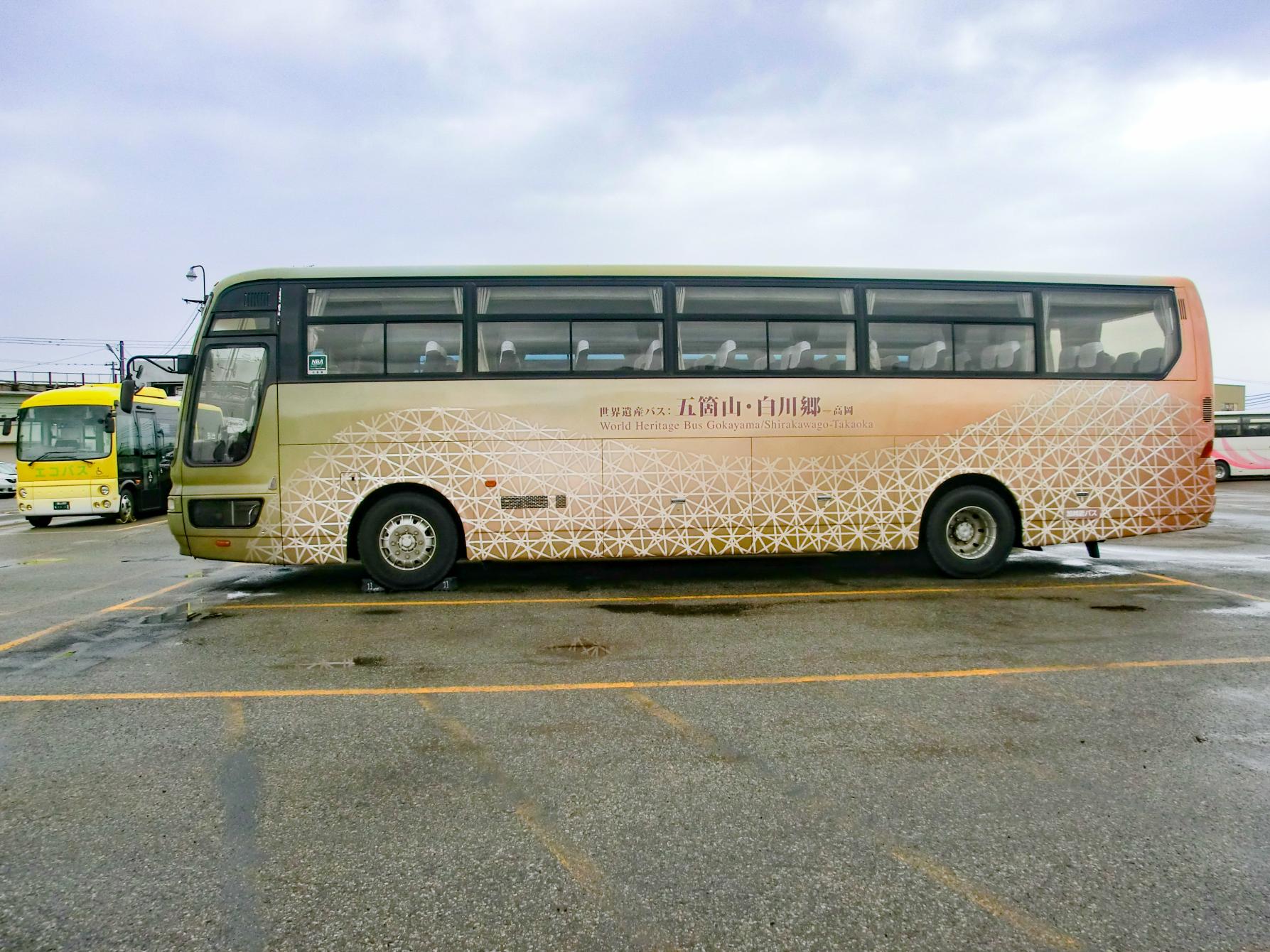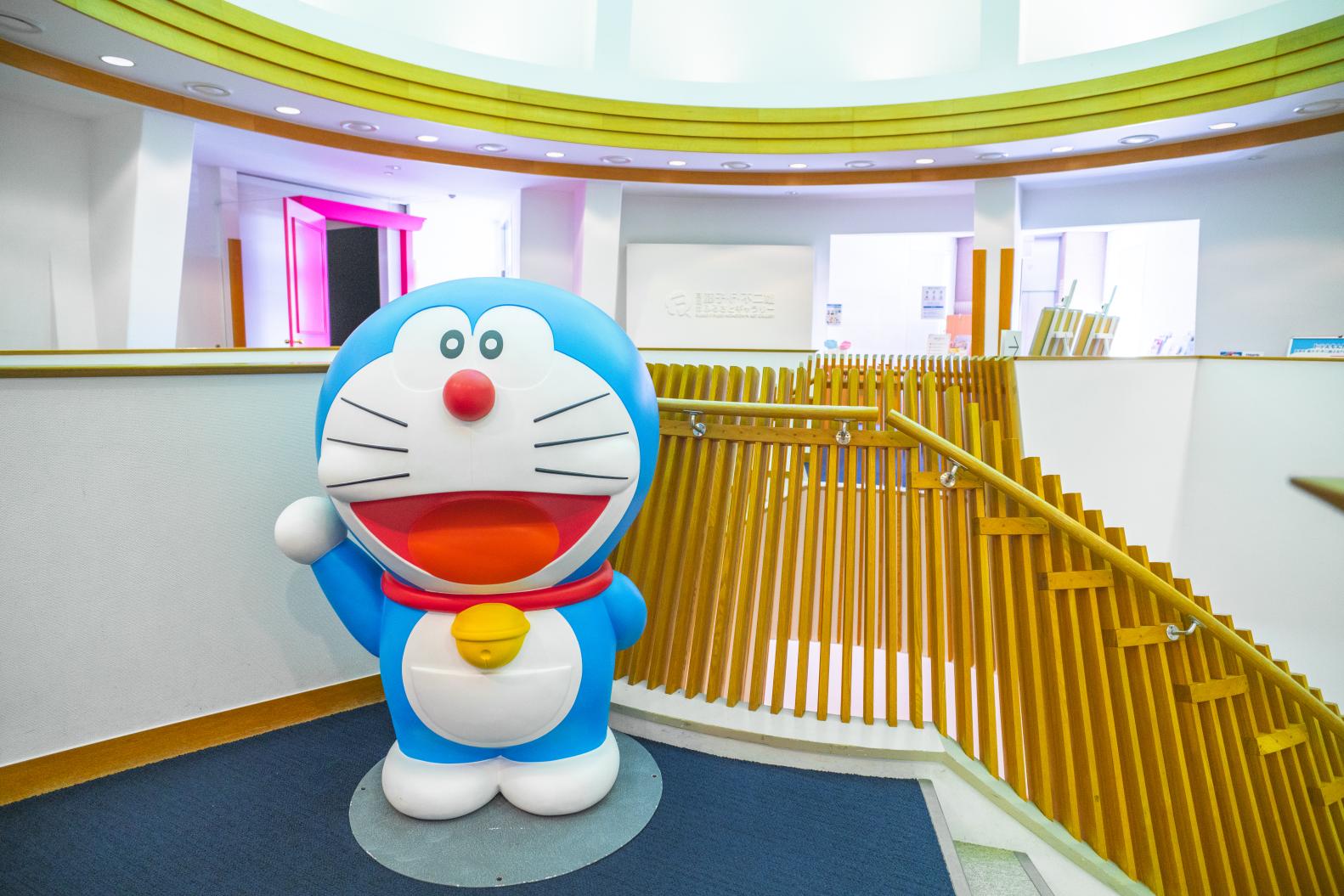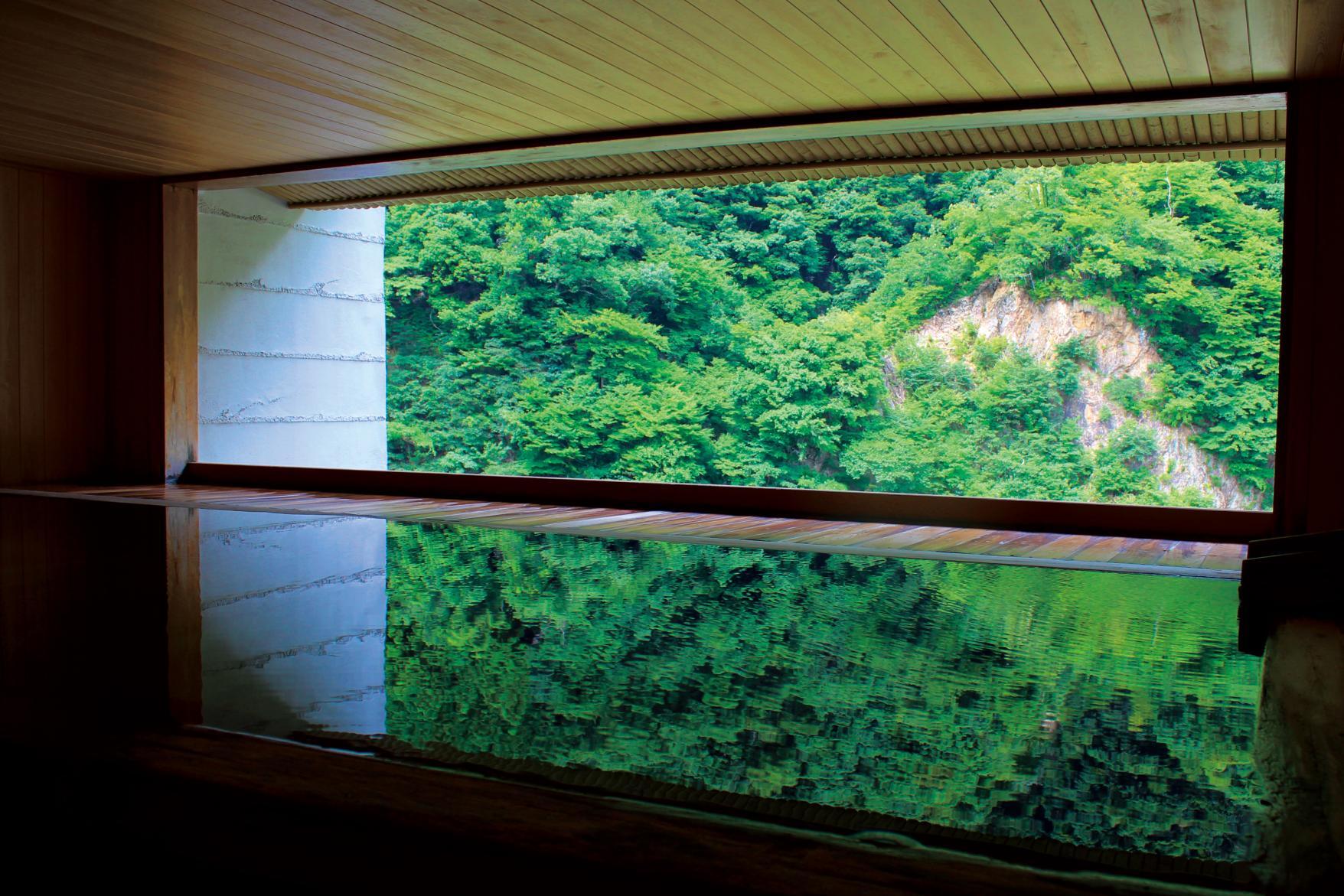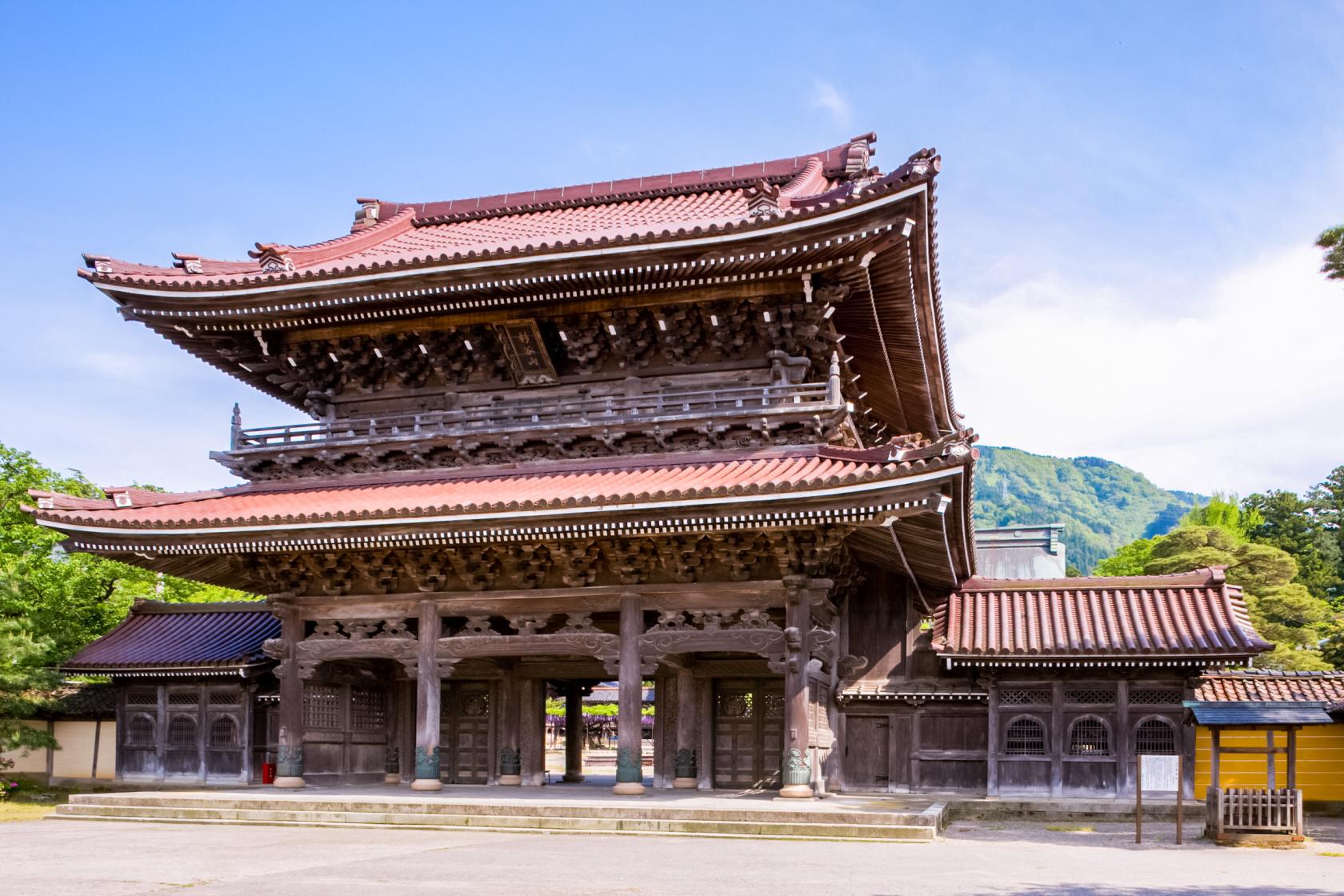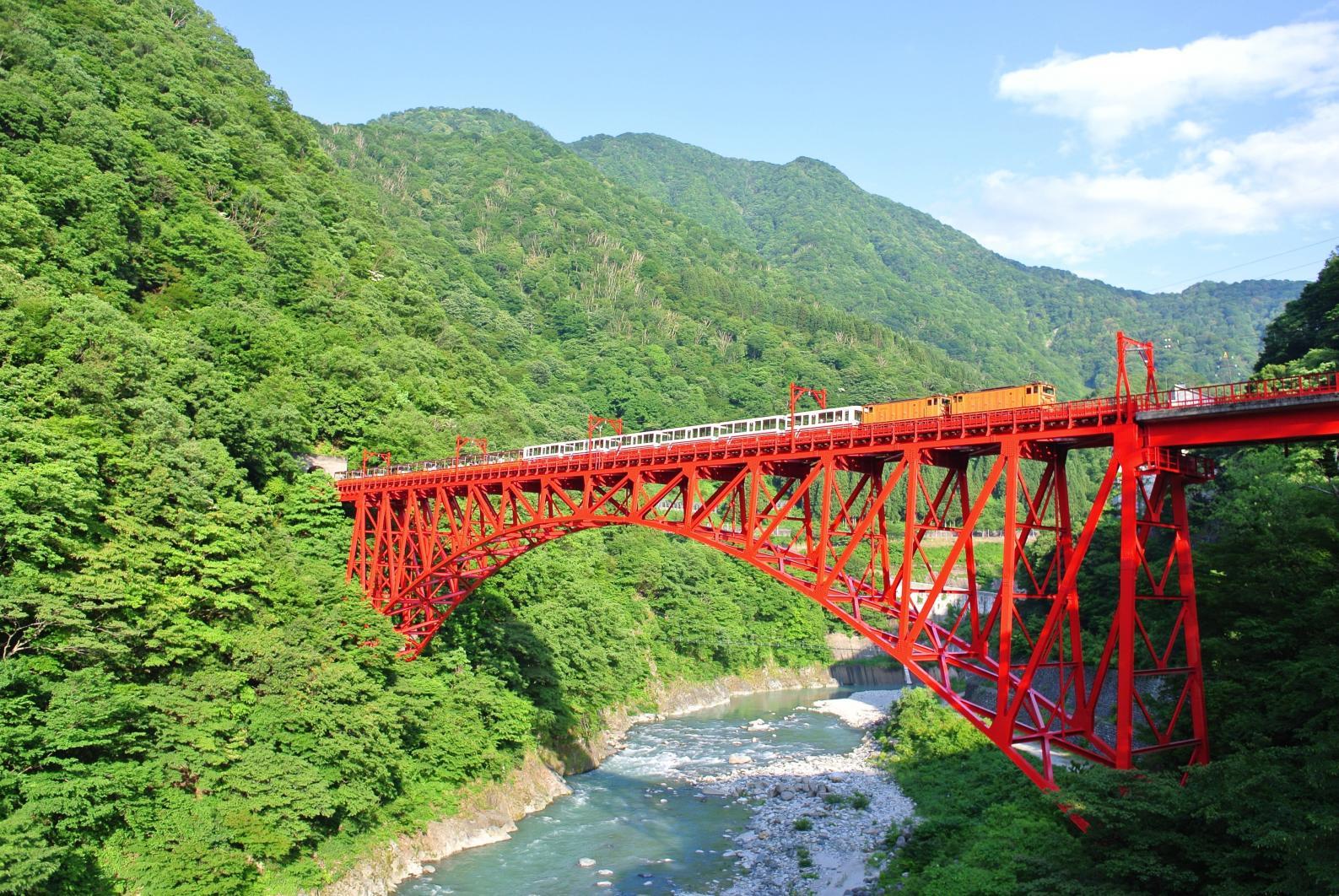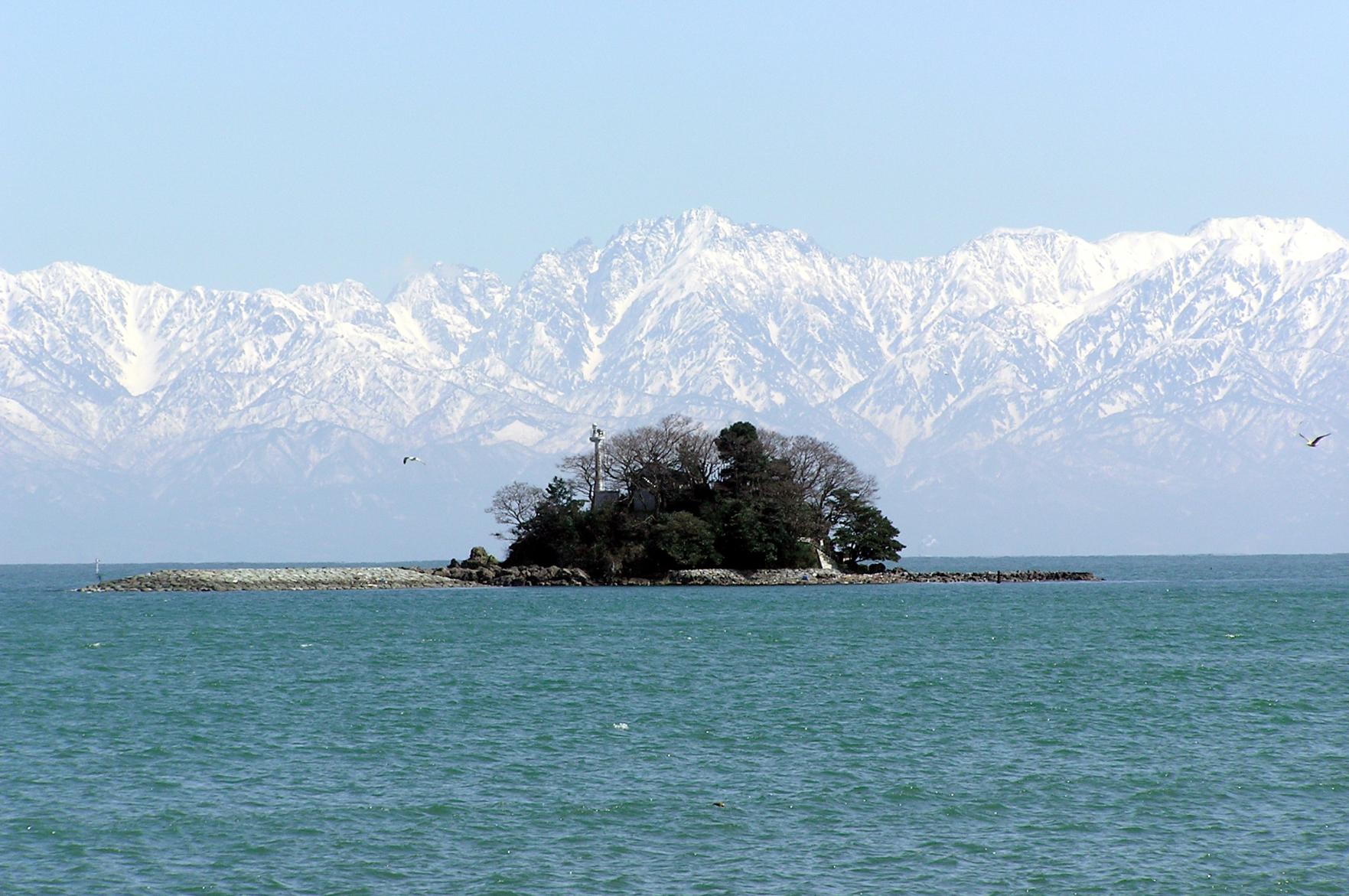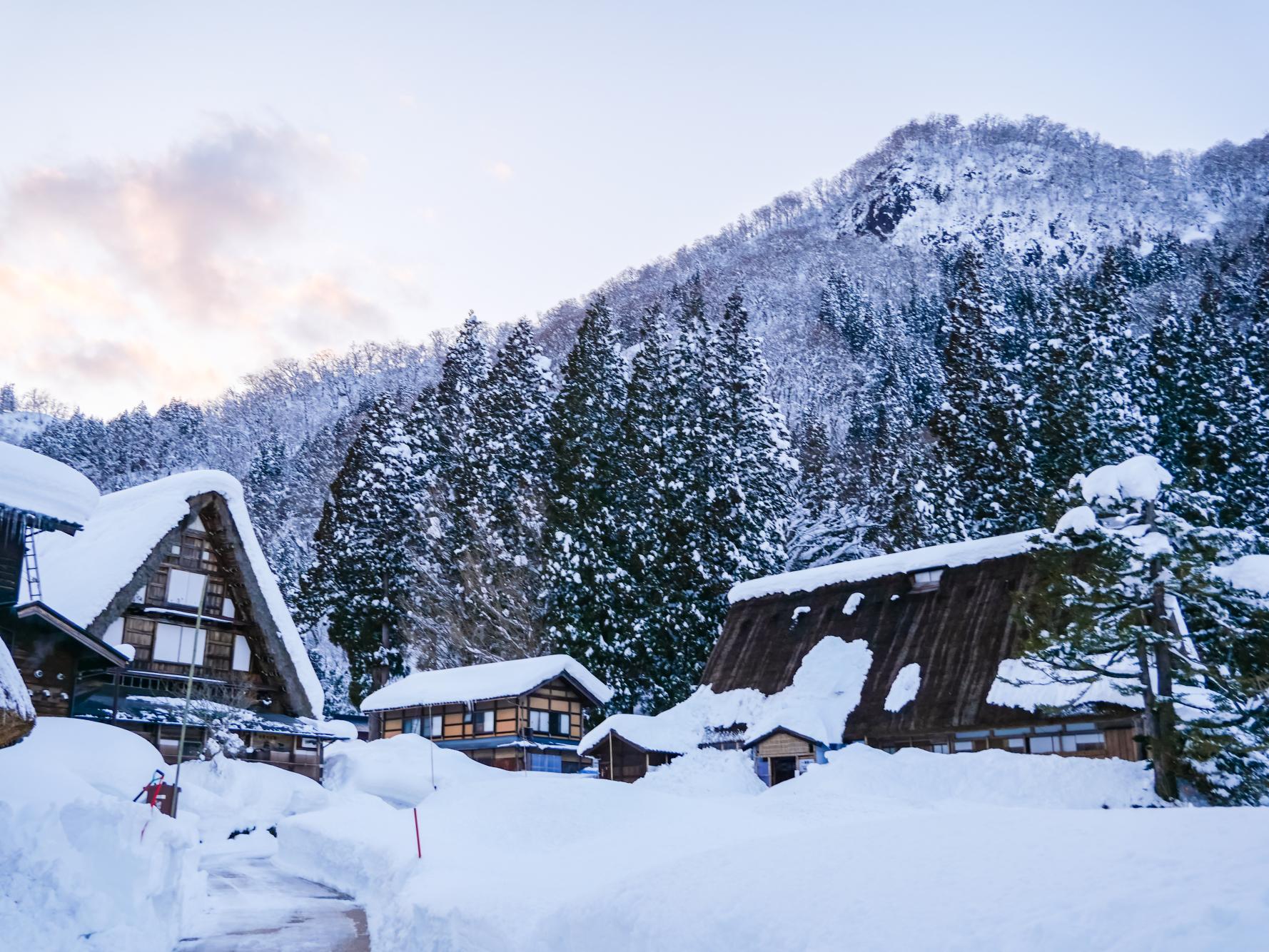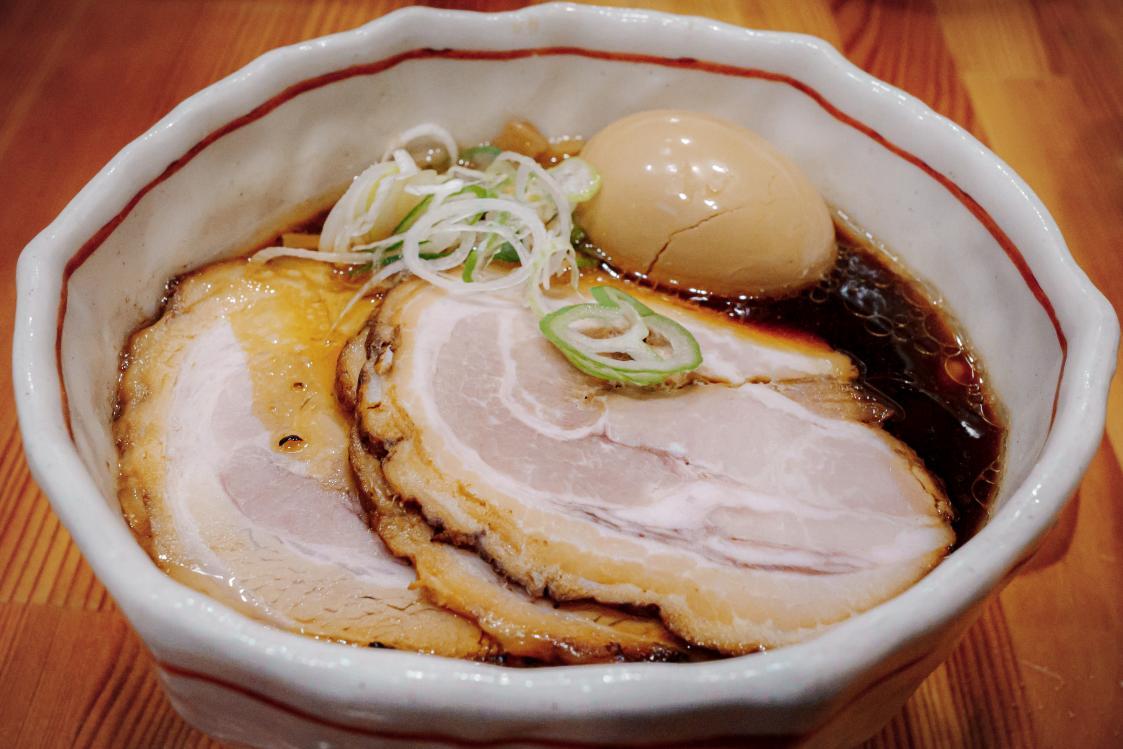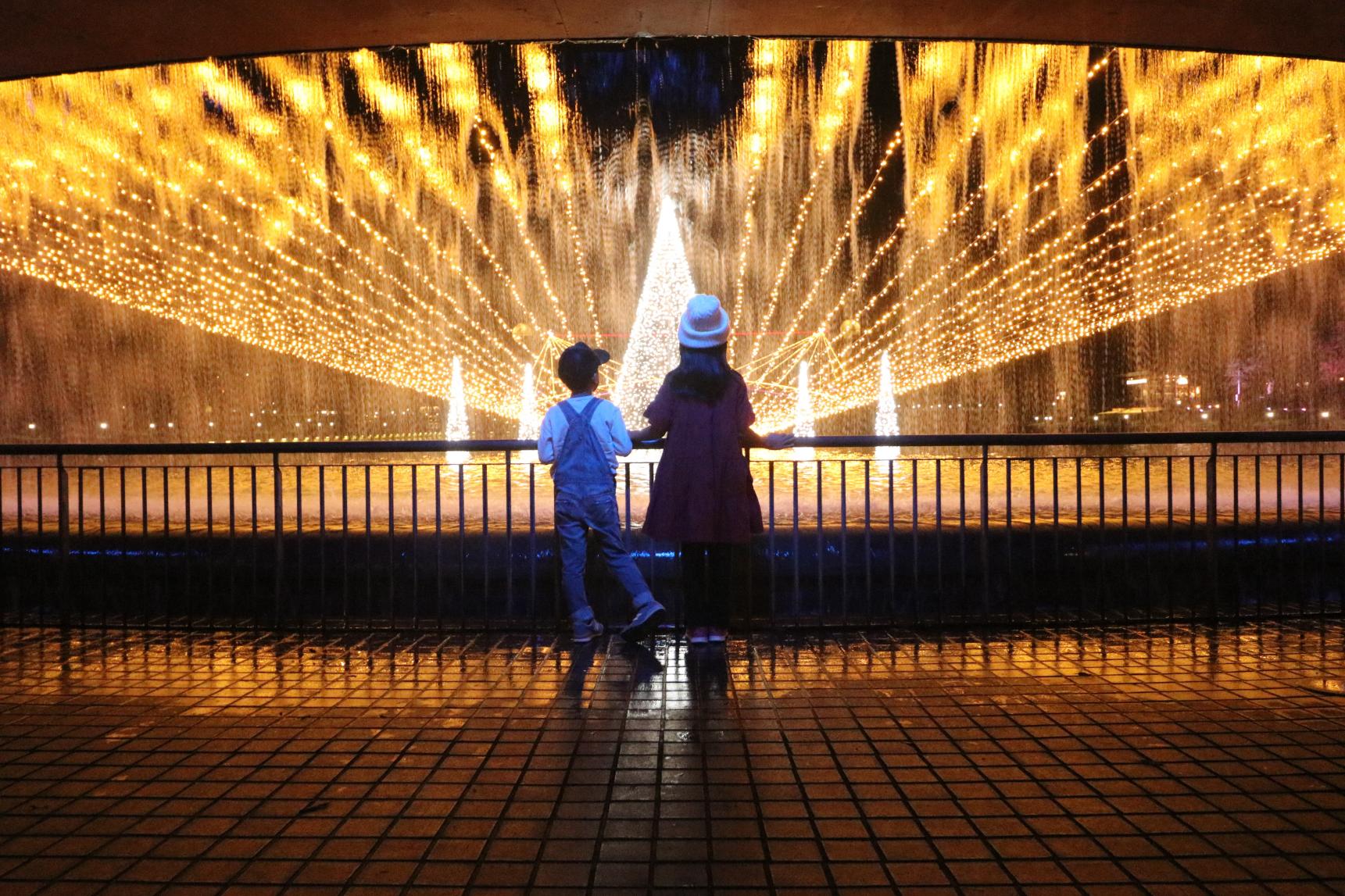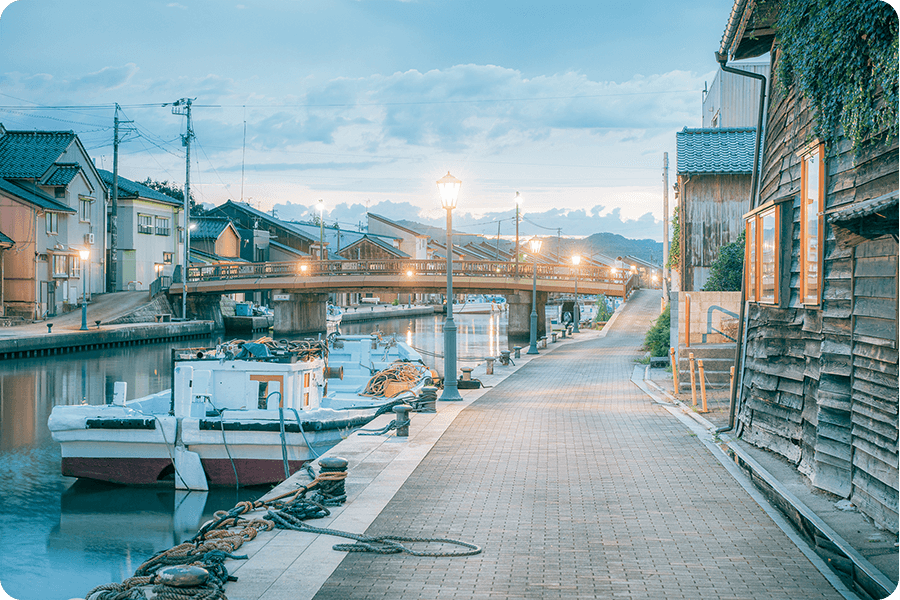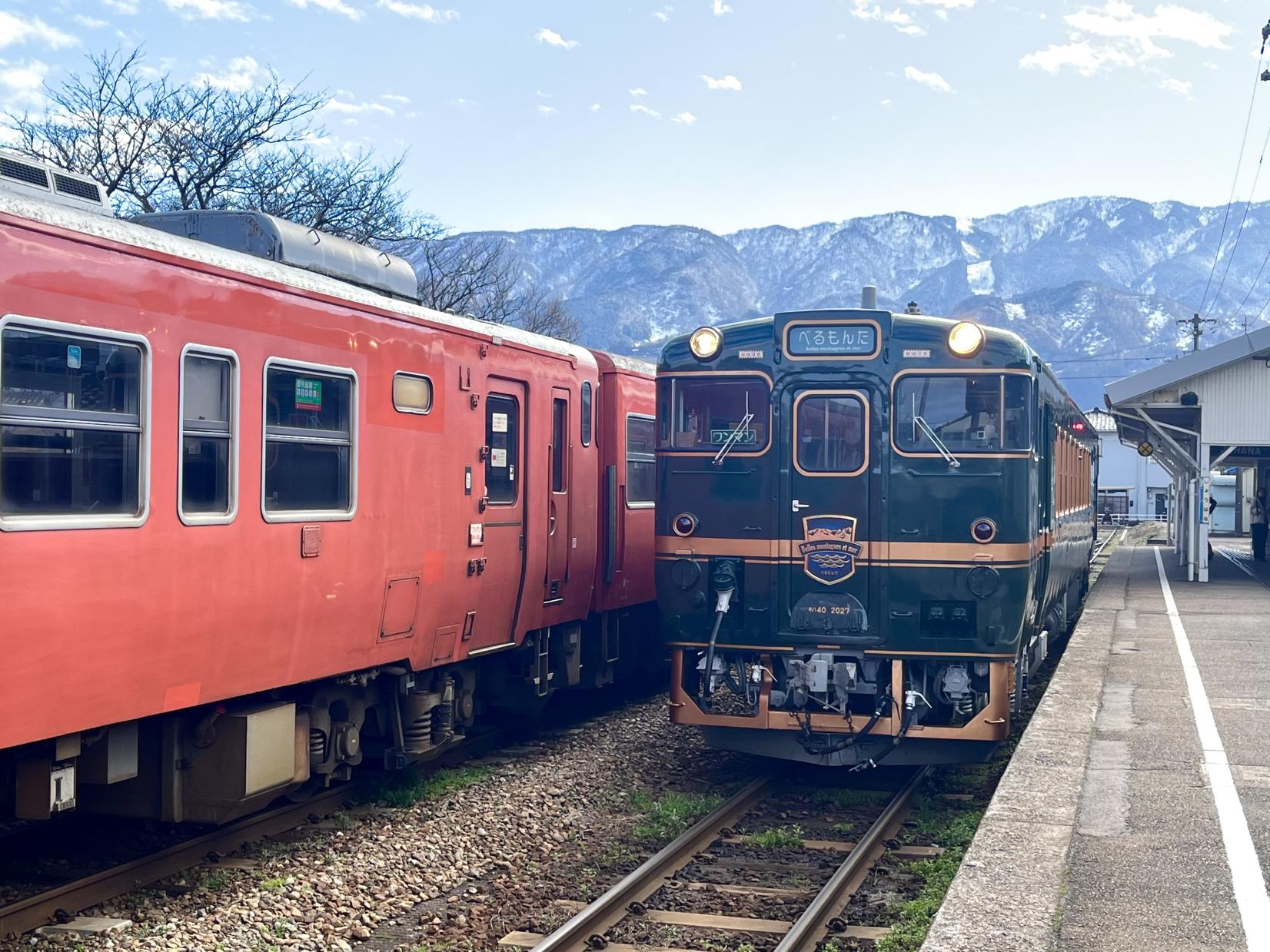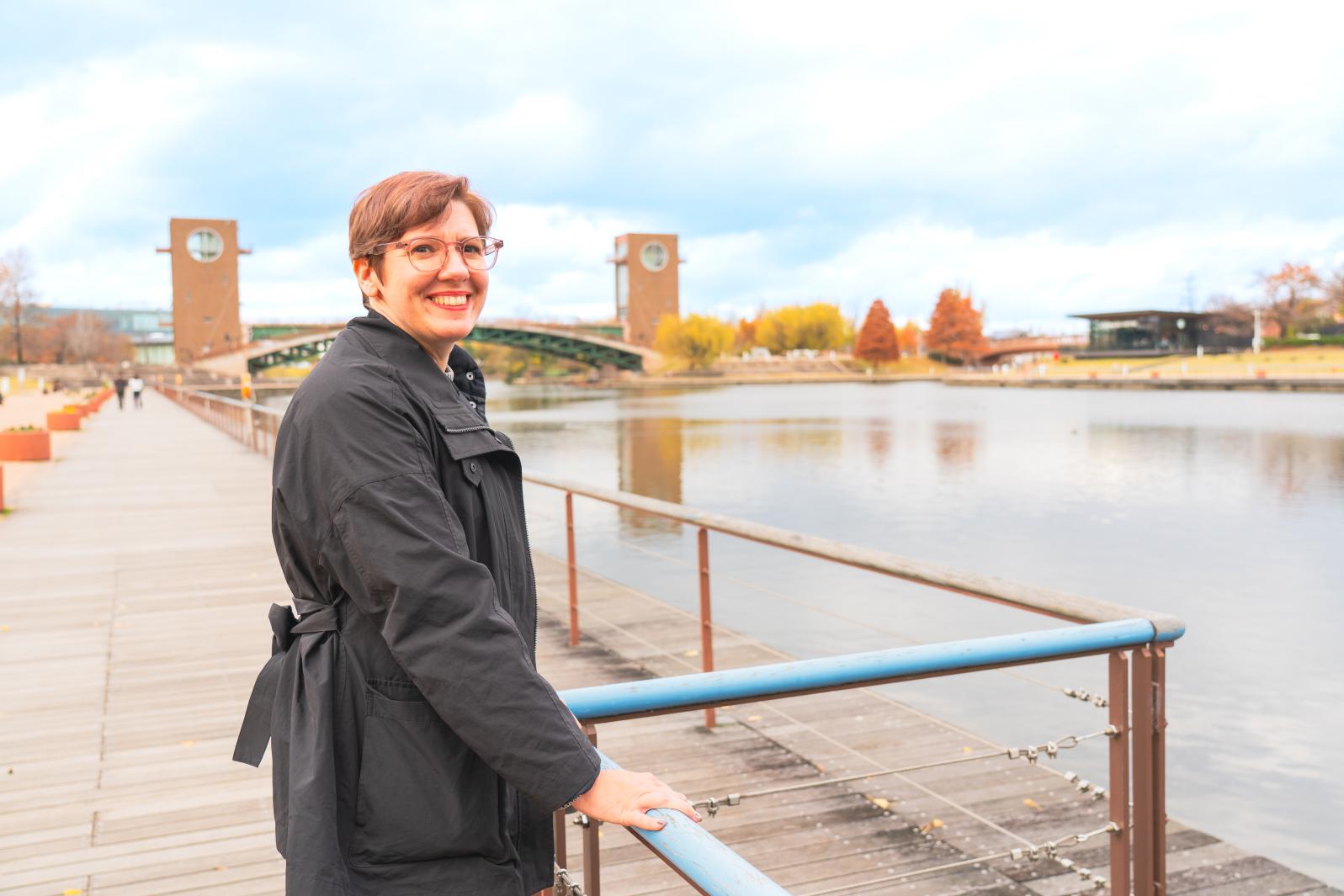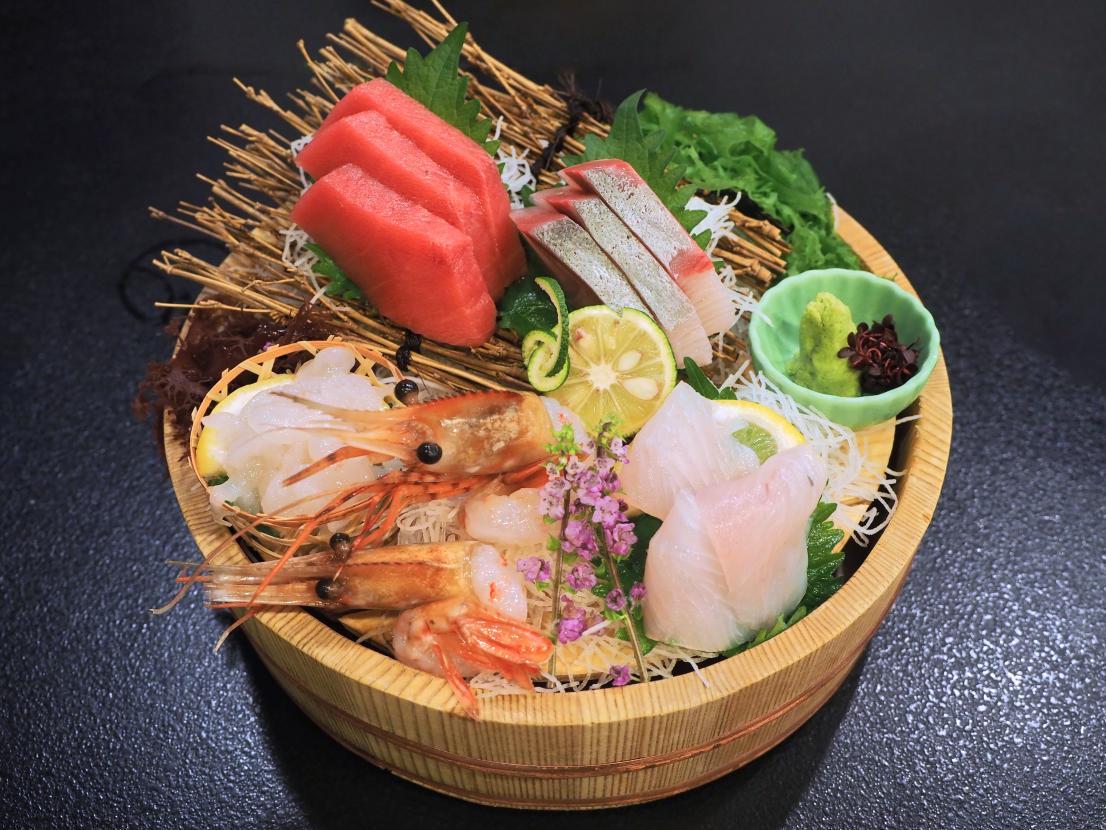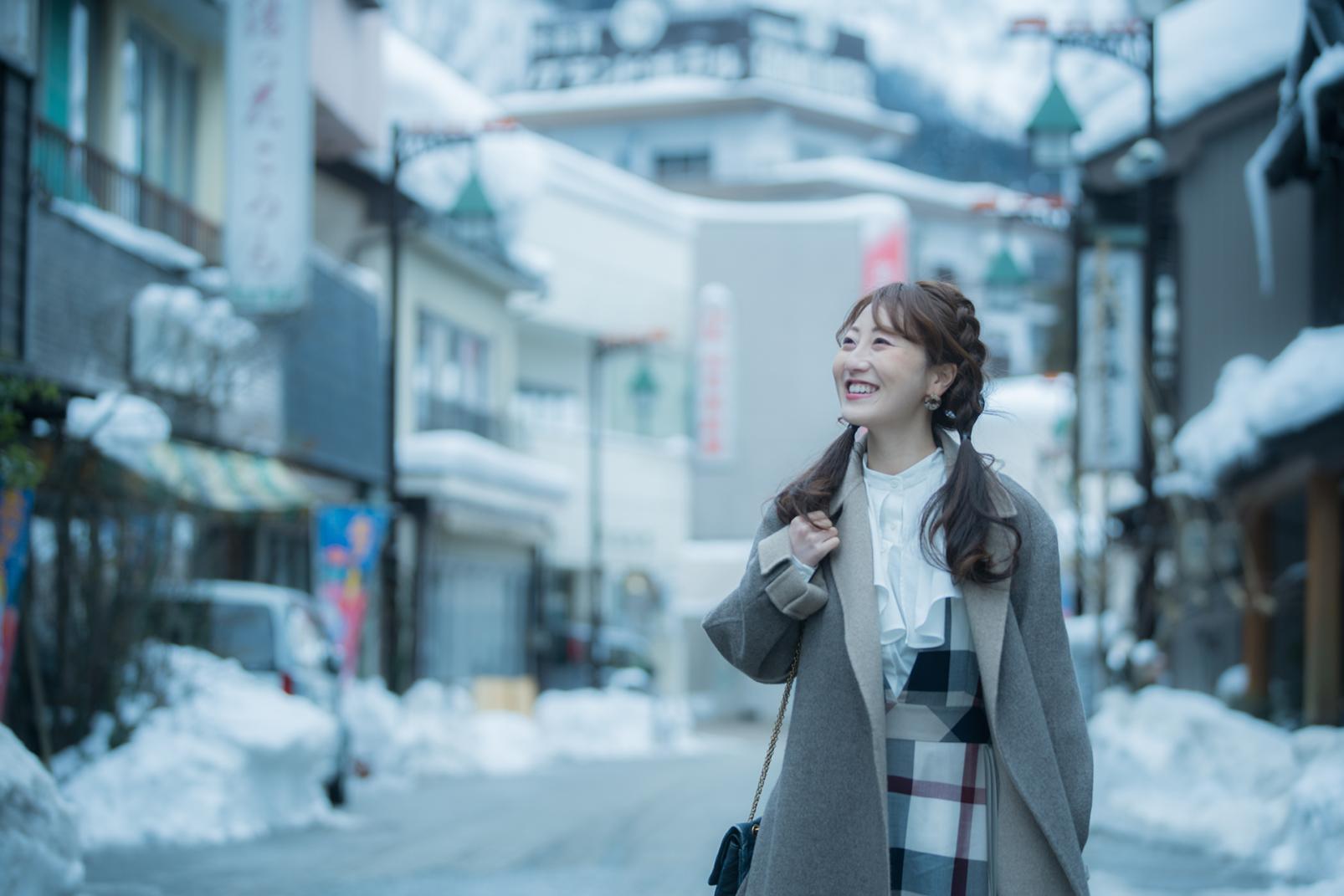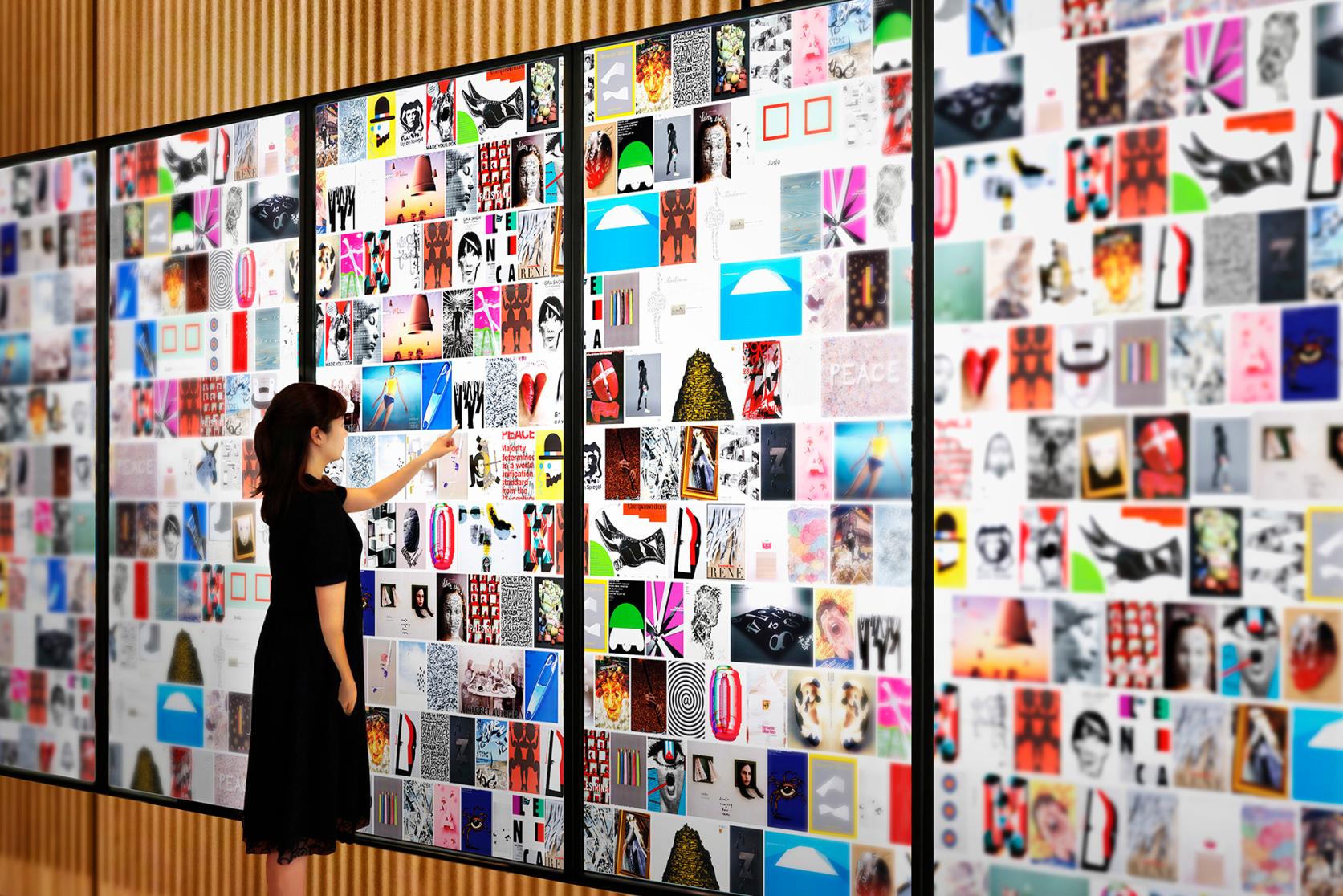
Art, Craft, and Design in Toyama
In Toyama Prefecture, creativity rooted in tradition continues to evolve in the present day. A tradition of innovative metalworking, with Takaoka City as its hub, stretches back some four centuries and ranges from Buddhist ritual objects to contemporary homewares.
Toyama glassware, which originated from the prefecture’s pharmaceuticals manufacturing industry of three centuries ago, has undergone a renaissance in recent years. The Toyama Glass Art Museum, designed by internationally renowned architect Kengo Kuma, is emblematic of this resurgence. Numerous hands-on workshops invite you to experience different aspects of metalworking and glass craft.
Central Toyama City is home to the world-class Toyama Prefectural Museum of Art and Design whose rooftop is a photogenic landmark, and together with several other city-center galleries, it forms a compact “arts district” that can be easily navigated.
KANAYA: Where metalworking tradition takes on contemporary forms
Kanaya’s showroom is housed within a period building in the Kanayamachi district, which has been a metalworking hub for over four centuries. Products arrayed here encompass utilitarian toilet paper holders; side tables with spider-like legs; and much more. Larger, made-to-order pieces can be shipped internationally, while some smaller items are available to take home on the same day. A small “experience area” enables visitors to try shaping a piece of tin into a small vessel, which takes around 20 minutes.
NOUSAKU: From Buddhist ceremony to modern homewares
At the Nousaku Lab, visitors are invited to create a tin chopstick rest featuring the image of one of twelve animals. The experience takes around 30 minutes, and is suitable for adults and children of elementary school age and upwards. A tour of Nousaku’s two sizable factories demonstrates how the company is now focused on creating contemporary interior goods, such as a malleable basket crafted from tin, one of the world’s softest metals. The properties of tin allow the basket to be easily reshaped.
Momentum Factory Orii: Takaoka metalworking infused with color
Orii, in addition to undertaking commercial work including the coloring of Buddhist effigies, also offers its own brand of metal-based homewares and fashion accessories, including vases, wall clocks, and jewelry. These are available at Orii’s gallery-shop, also located in Takaoka. Visitors to the Orii factory can observe the metal-coloring artisans at work, and try coloring a coaster or tray for themselves.
Otera: A history-steeped shop and cafe with a Japanese garden
The proprietor is a fifth-generation descendent of the original owner, and leads a workshop in which you can make a small metal accessory to take home. Participants can create a ring, necklace or other piece of jewelry, or alternatively a keychain, and the experience lasts between 30 and 60 minutes.
Shimatani Shouryu Koubou: A behind-the-scenes look at Buddhist “singing bowls”
Shimatani Shouryu is one of just a handful of workshops that still produce handmade orin, and was established on these same premises in 1909. The company supplies orin to temples across Japan, and also exports its creations overseas.
As well as viewing parts of the orin-making process—which requires over 100 different hammers—visitors can participate in a metal decorating experience. This involves gradually adding patterning to a piece of metal using a simple hammering technique, and takes around 5–10 minutes.
Toyama Prefectural Museum of Art and Design: A world-class museum with rooftop installations
The permanent art collection includes works by Japanese and international artists including Pablo Picasso, Jackson Pollock, and Yayoi Kusama, and the museum also holds regular special exhibitions. Design is explored through a number of mediums, including a display of twentieth-century chairs, and a poster collection totaling over 13,000 pieces. Selected posters are displayed as part of special exhibitions, and many are also browsable via a sizable touch-screen display. Extensive use of glass in the museum’s architecture enables views over Kansui Park and to the Tateyama Mountain Range beyond.
Toyama Glass Art Museum: A gleaming symbol of Toyama’s glass revival
The prefecture’s connection with creative expression in glass is celebrated at this museum, whose architecture is itself a work of art. The Toyama Glass Art Museum occupies six floors of Kirari, a central Toyama City complex designed by renowned architect Kengo Kuma. The building’s facade, composed of glass, granite, and aluminum, was inspired by the Tateyama Mountain Range.
A permanent exhibition displays contemporary works by both Japanese and international artists, and smaller gallery rooms and exhibition spaces such as the Glass Art Passage host a program of themed exhibitions. On the museum’s top floor is the Glass Art Garden which displays colorful, large-scale installations by Dale Chihuly, an innovative, US-born glass artist.
Toyama Glass Studio: At the heart of Toyama glass
Toyama Glass Studio serves as a hub for glass craft in Toyama Prefecture through activities that bridge the artistic, industrial, cultural, and technological aspects of the practice. The center supports and trains local glass artisans, with its on-site factory playing a key role, and promotes Toyama glass through exhibitions held in the venue’s shop-gallery.
Visitors to Toyama Glass Studio can join expert-led workshops to create one-of-a-kind objects, such as a drinking glass or paperweight. Guidance is given at each stage of the process, and children (elementary school age and upwards) are welcome.
The Suiboku Museum, Toyama: Minimalist monochromatic expression and a traditional teahouse
The Suiboku Museum, in central Toyama City, is dedicated to the style of painting from which it takes its name. Suiboku-ga is a monochromatic form of expression, characterized by bold black ink strokes, that originated in China. It was adopted as a “Japanese” style after being introduced to the country by fourteenth-century Zen Buddhists. Japanese artists came to value suiboku-ga’s potential for reducing a painting’s subject to its essence.
The museum’s Japanese-style structure houses a permanent collection of key paintings from suiboku-ga’s history in Japan, where the style remained popular into the Tokugawa period (1603–1867). This display is complemented by a program of special exhibitions. After discovering suiboku-ga, whose subjects encompass landscapes, portraits, and animal figures, visitors can enjoy tea in the museum’s traditional teahouse.
The mapping service on this website is based on the free usage limits provided by Google Maps and the Google Maps privacy policy applies.
Note that Google Maps may occasionally not display correctly due to usage limits.



